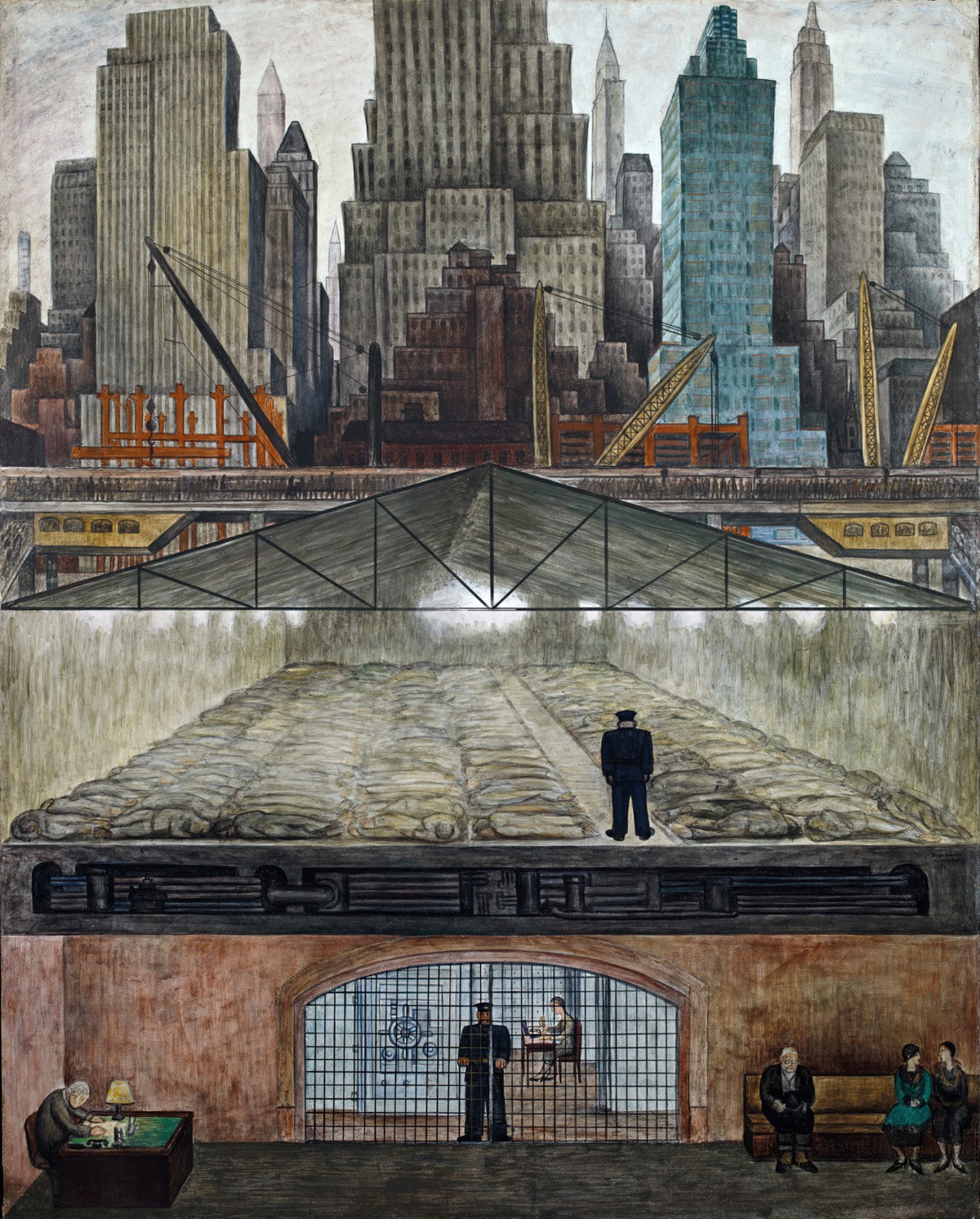These illustrations show two or more separate environments in a single shot.
An Entire World In A Single Illustration
ABOVE AND UNDER WATER
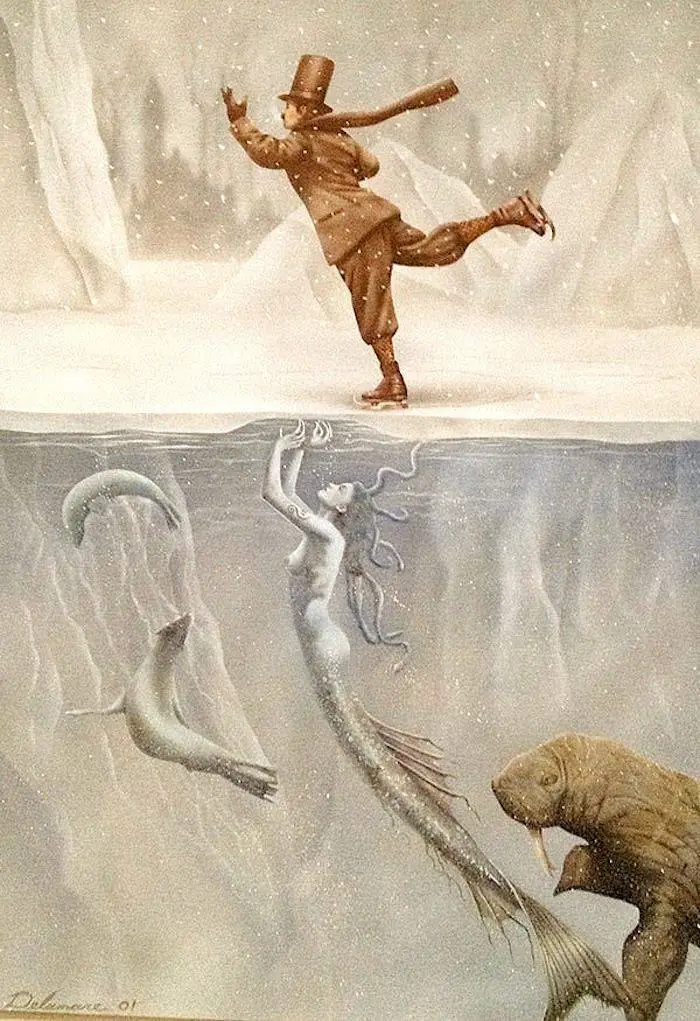
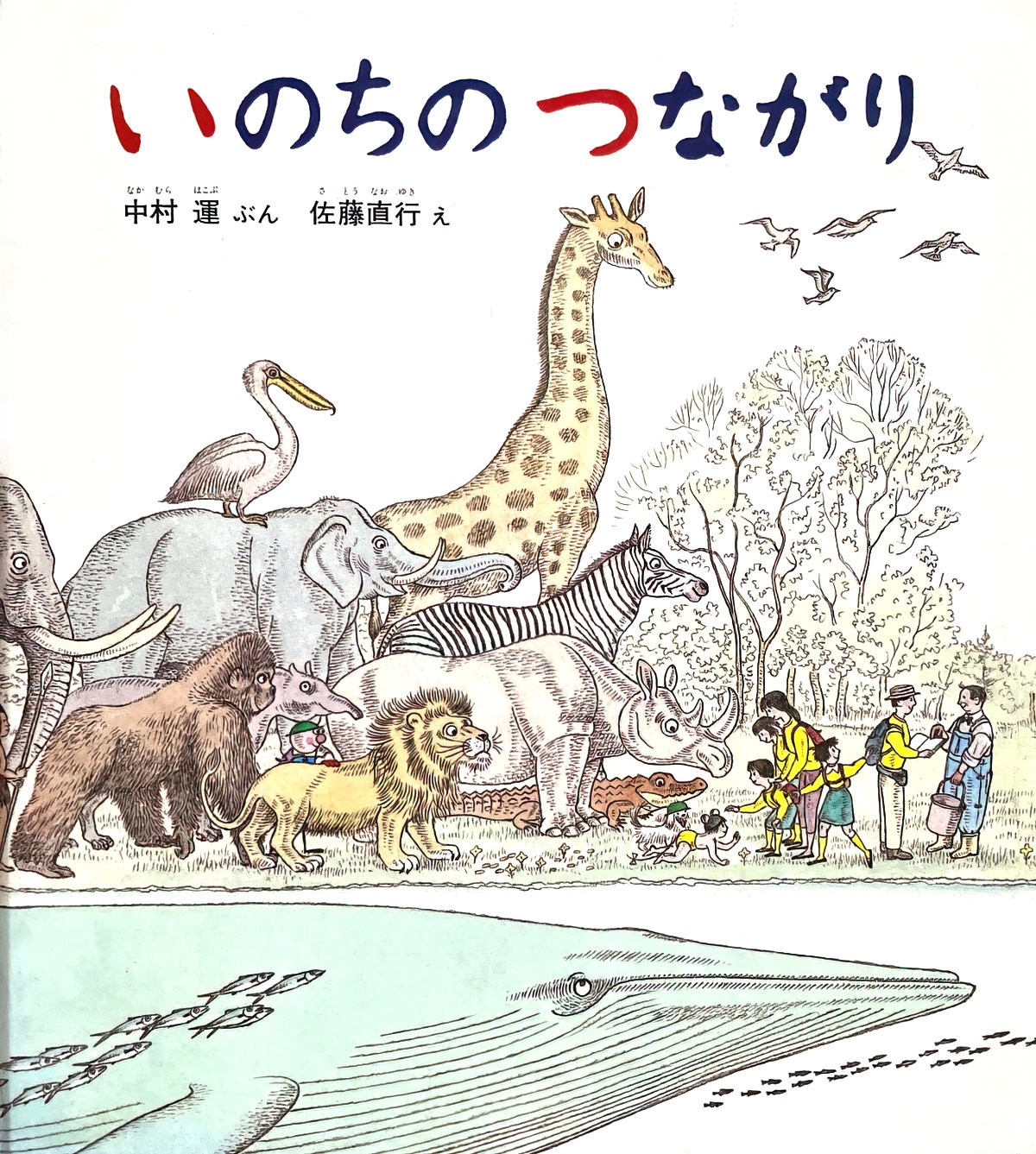
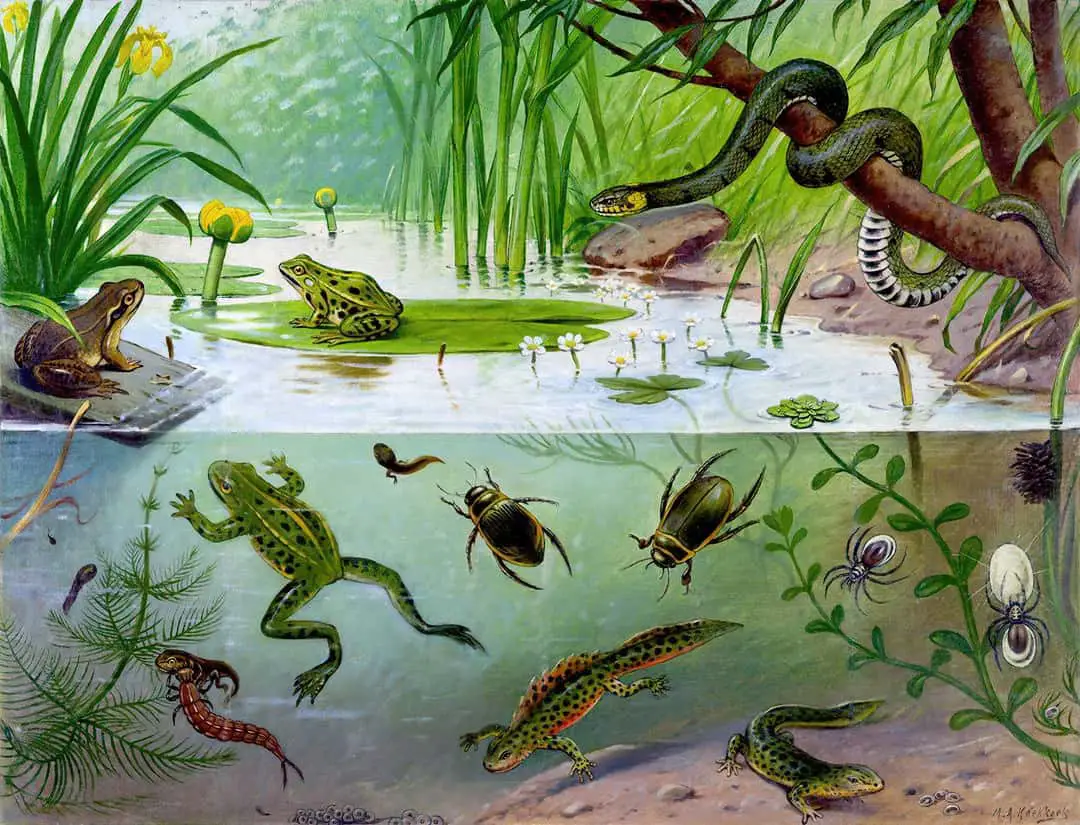
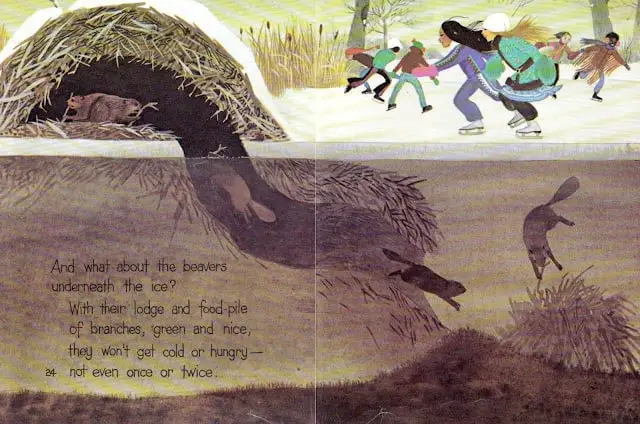
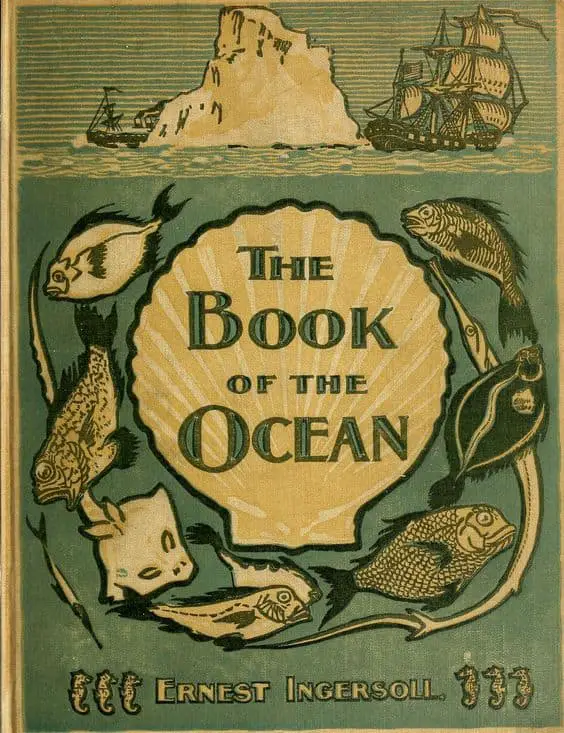
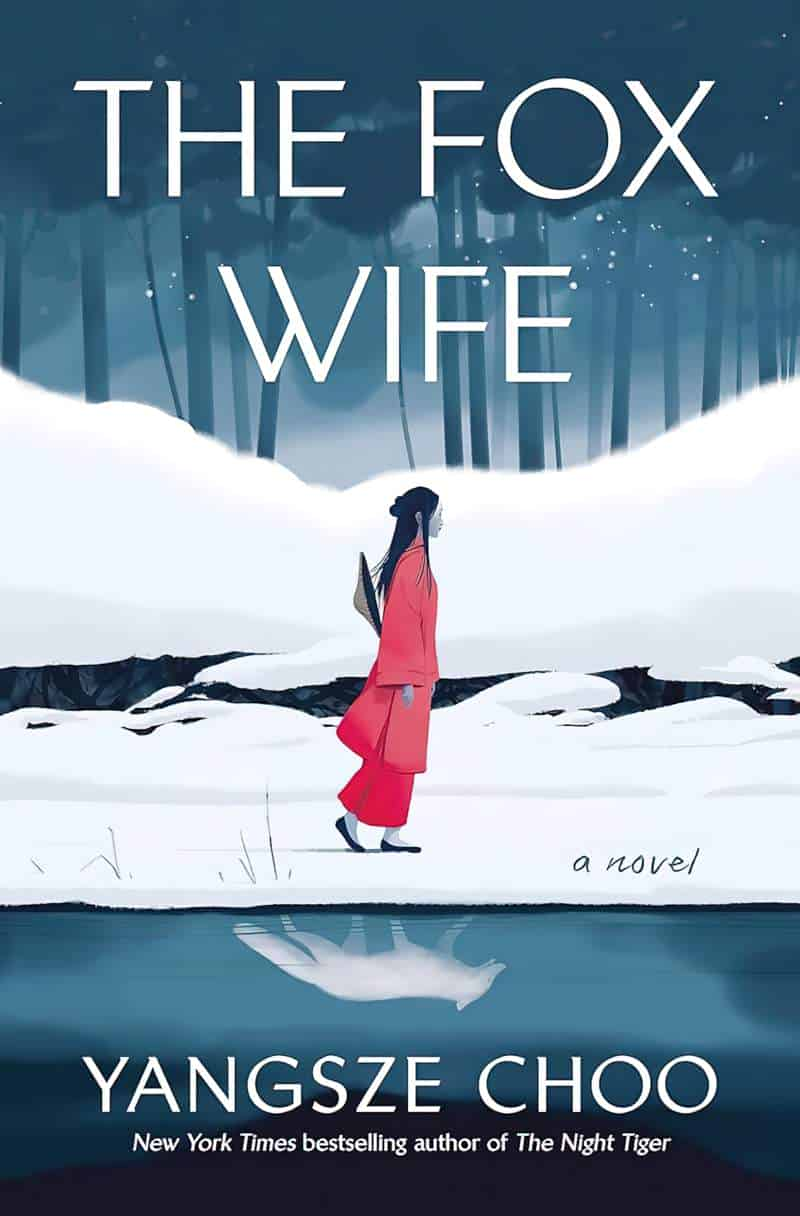
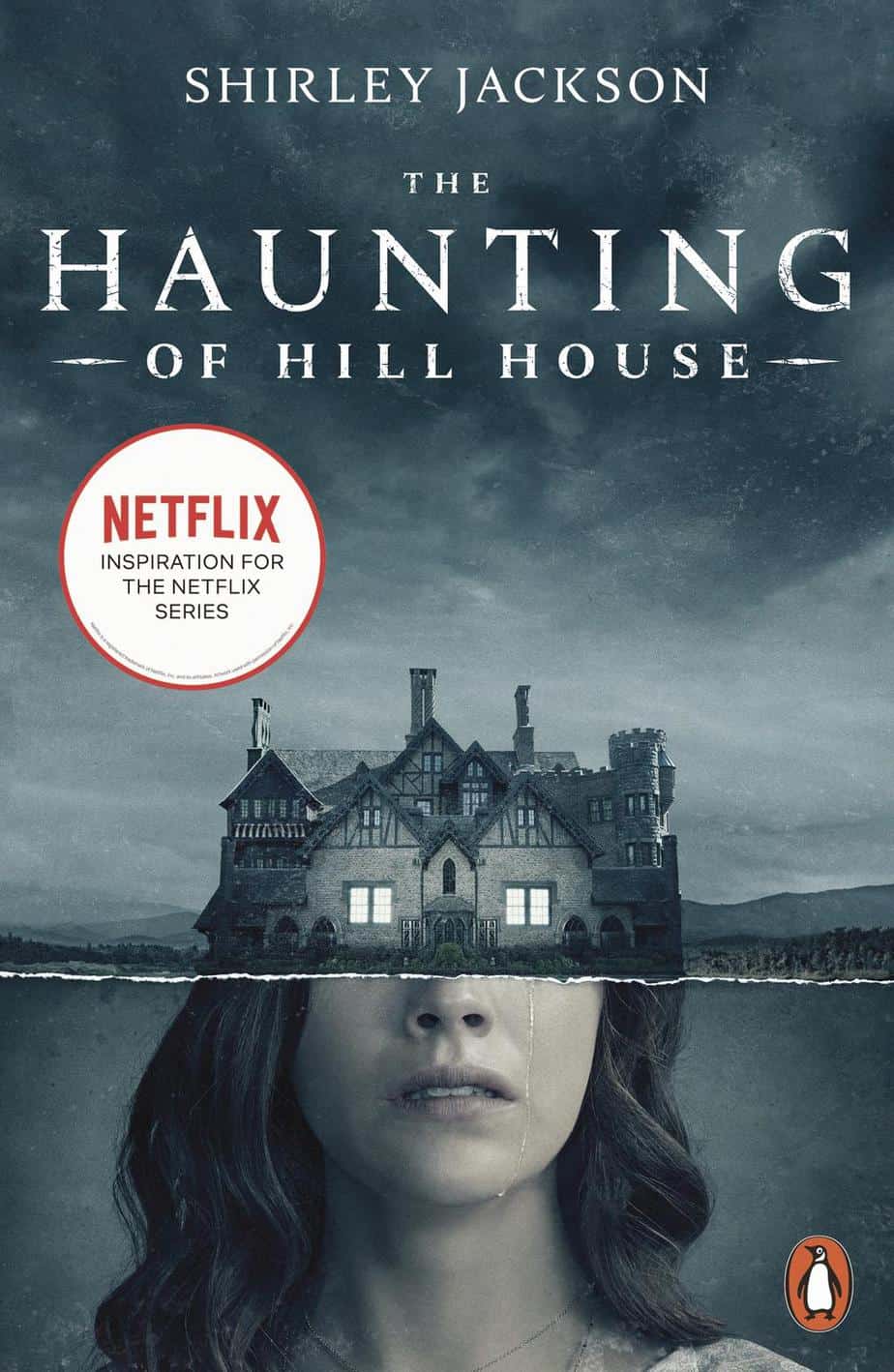
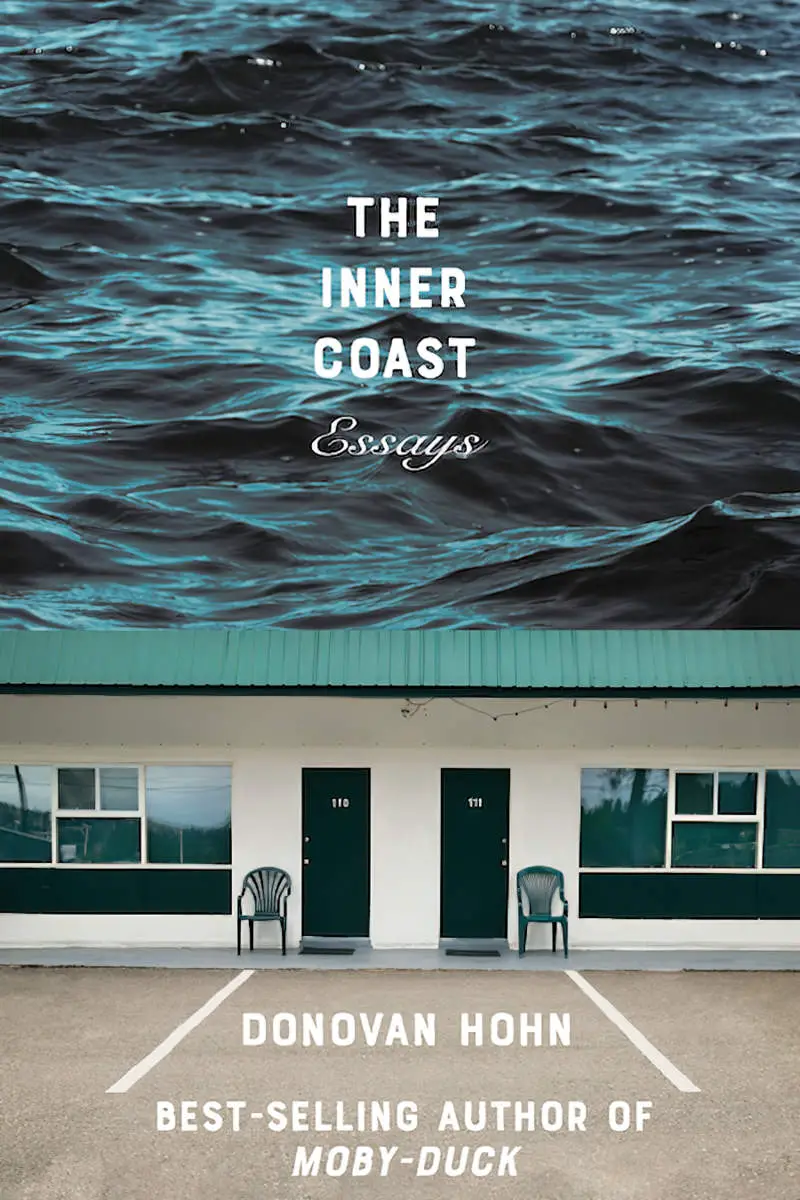
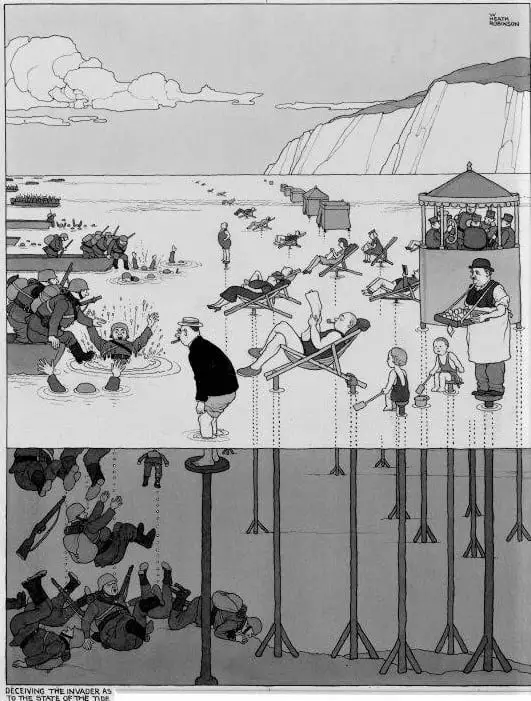
The Hollow Earth is a concept proposing that the planet Earth is entirely hollow or contains a substantial interior space. Notably suggested by Edmond Halley in the late 17th century, the notion was disproved, first tentatively by Pierre Bouguer in 1740, then definitively by Charles Hutton in his Schiehallion experiment around 1774.
Wikipedia, about Hollow Earth fantasies
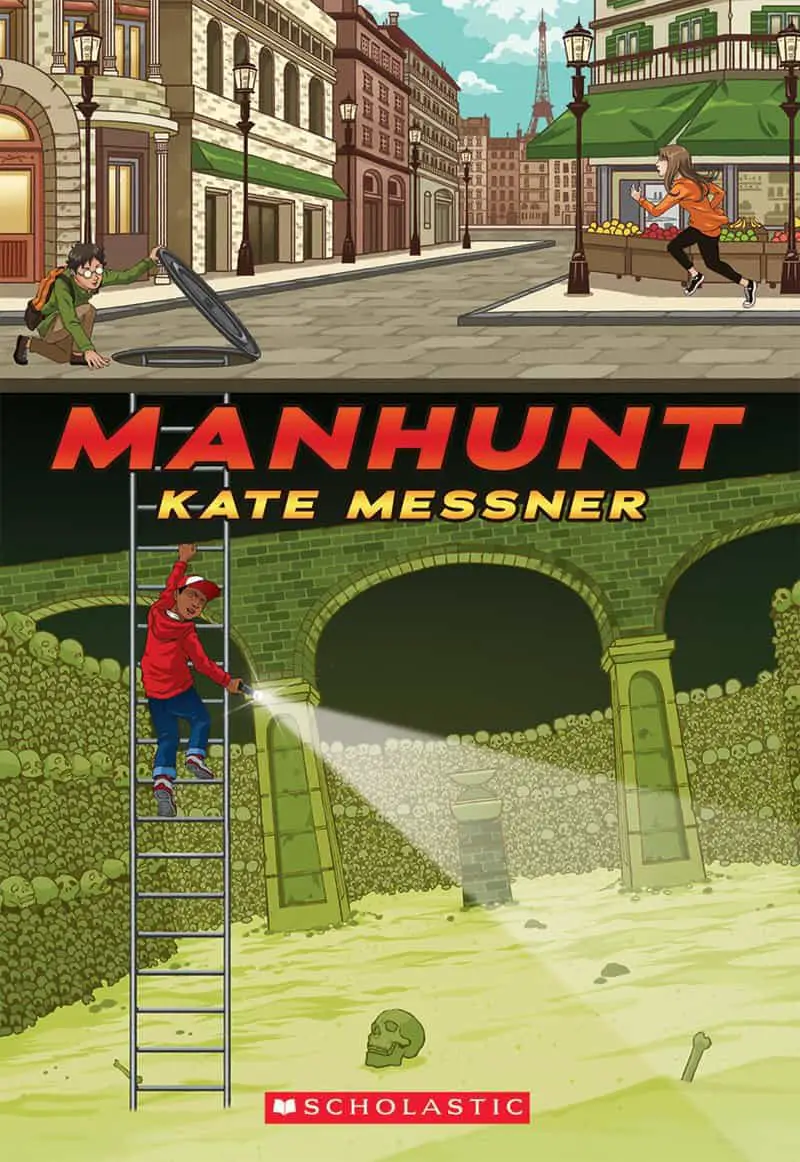
Henry, Anna, and Jose head from Boston to Paris for their most dangerous mission yet: to solve the mystery of an international art heist! Shortly after they arrive, they learn that a member of the Silver Jaguar Society is working as a double agent, passing information to the criminal gang the Serpentine Princes — but who could it be? When the senior members of the Society go missing, it’s up to Henry, Anna, Jose, and their smug new comrade, Hem, to mount a rescue while staying hot on the trail of a missing masterpiece. Running around — and below — a foreign city filled with doppelgangers, decoys, and deceit, the three sleuths discover they’re the only hope for the Society’s survival!
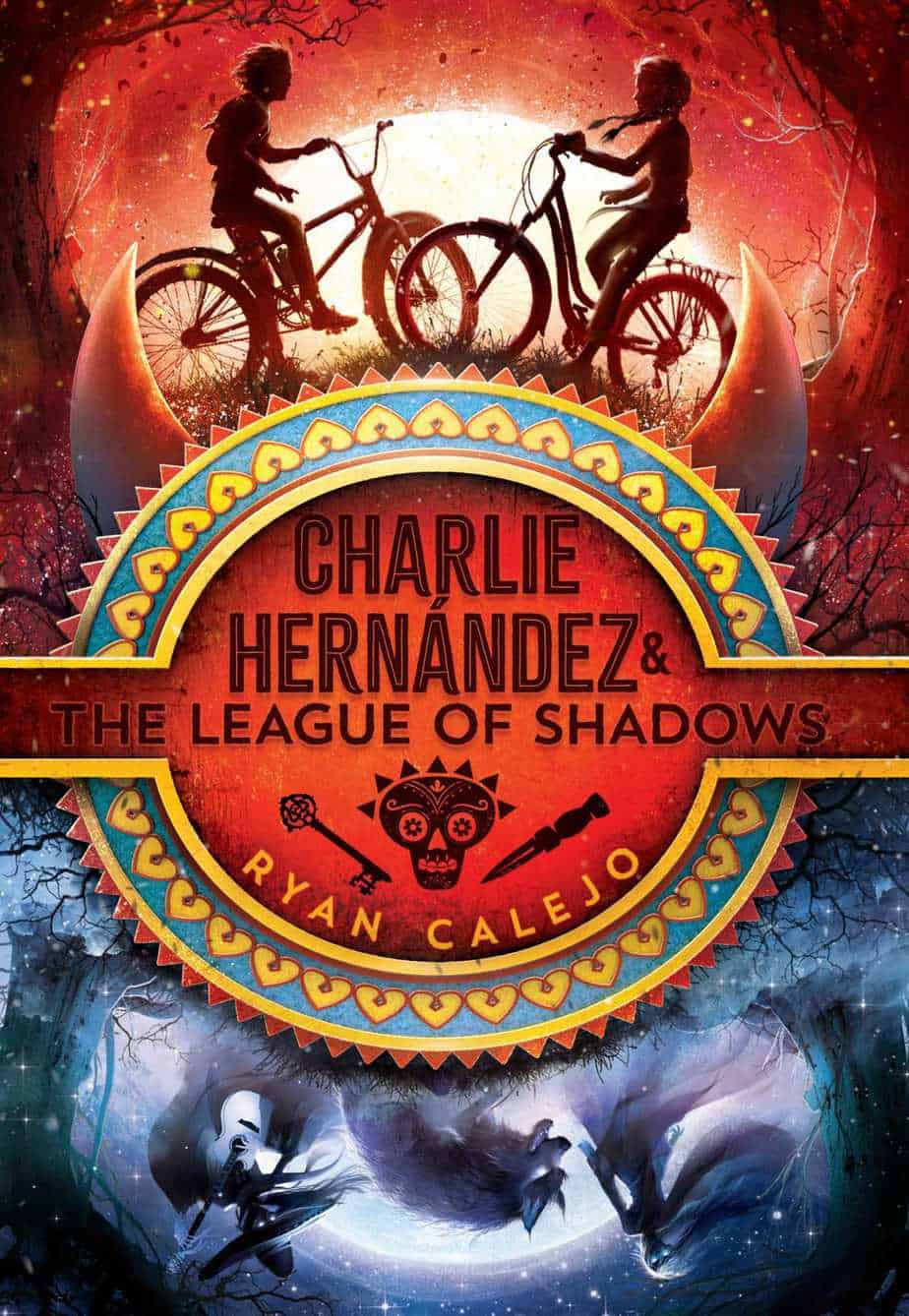
But when Charlie begins to experience freaky bodily manifestations—ones all too similar to those described by his grandma in his favorite legend—he is suddenly swept up in a world where the mythical beings he’s spent his entire life hearing about seem to be walking straight out of the pages of Hispanic folklore and into his life. And even stranger, they seem to know more about him than he knows about himself.
Soon, Charlie finds himself in the middle of an ancient battle between La Liga, a secret society of legendary mythological beings sworn to protect the Land of the Living, and La Mano Negra (a.k.a. the Black Hand), a cabal of evil spirits determined to rule mankind. With only the help of his lifelong crush, Violet Rey, and his grandmother’s stories to guide him, Charlie must navigate a world where monsters and brujas rule and things he couldn’t possibly imagine go bump in the night. That is, if he has any hope of discovering what’s happening to him and saving his missing parents (oh, and maybe even the world).
INSIDE AND OUTSIDE
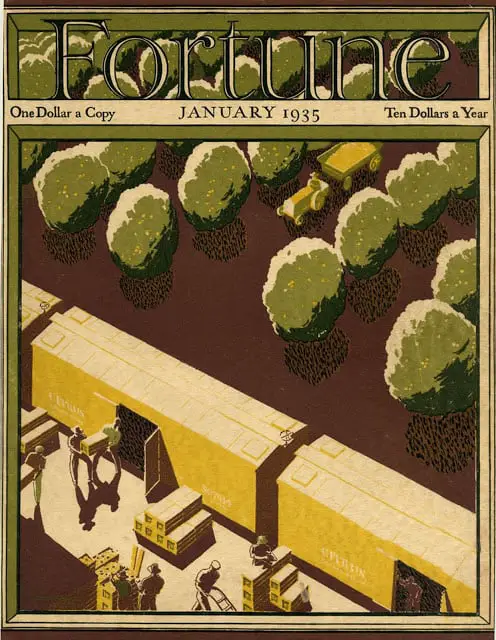
A view through a window is a great way of showing two different environments, of course. But where to position the camera to allow the viewer both views? Below are various examples.
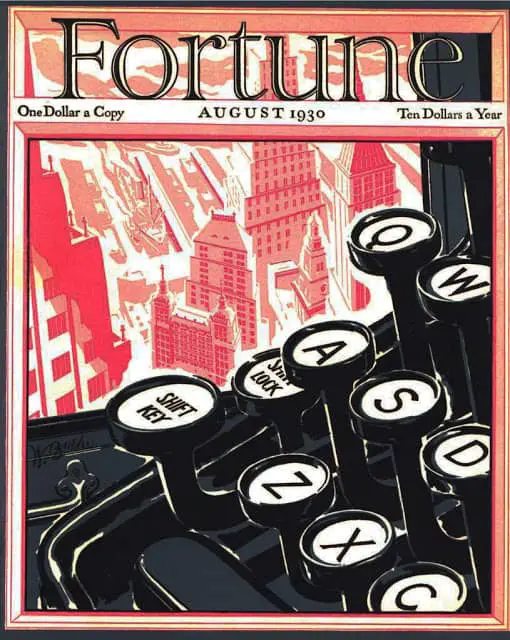
In Angela Barrett’s fairytale illustration below, the crosscut of the wall allows for the Easter Egg detail of a shoe hidden in the wall. This is an old custom. People used to hide shoes in the house for apotropaic purposes:
Concealed shoes hidden in the fabric of a building have been discovered in many European countries, as well as in other parts of the world, since at least the early modern period. Independent researcher Brian Hoggard has observed that the locations in which these shoes are typically found – in chimneys, under floors, above ceilings, around doors and windows, in the roof – suggest that some may have been concealed as magical charms to protect the occupants of the building against evil influences such as demons, ghosts and witches. Others may have been intended to bestow fertility on a female member of the household, or been an offering to a household deity.
Wikipedia
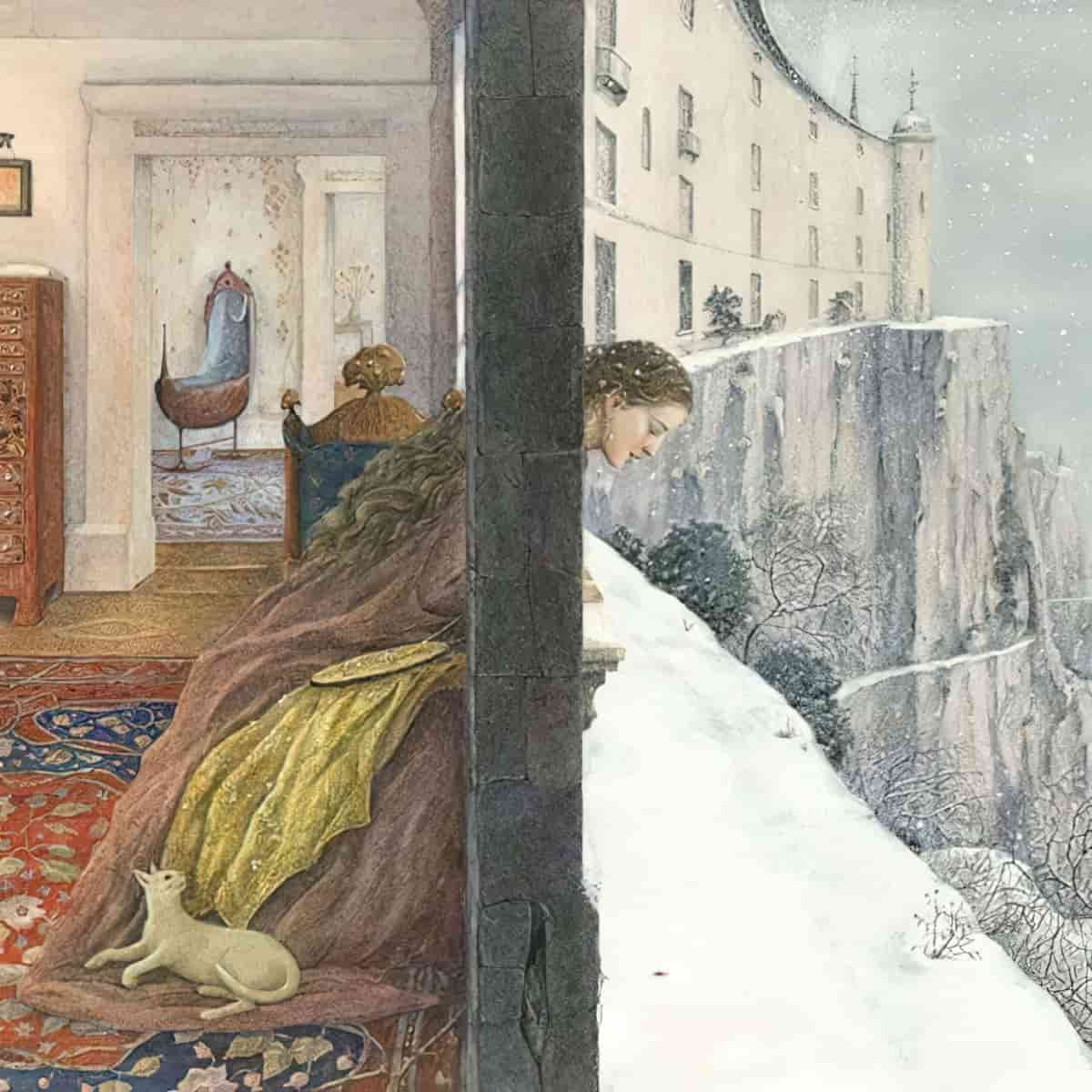
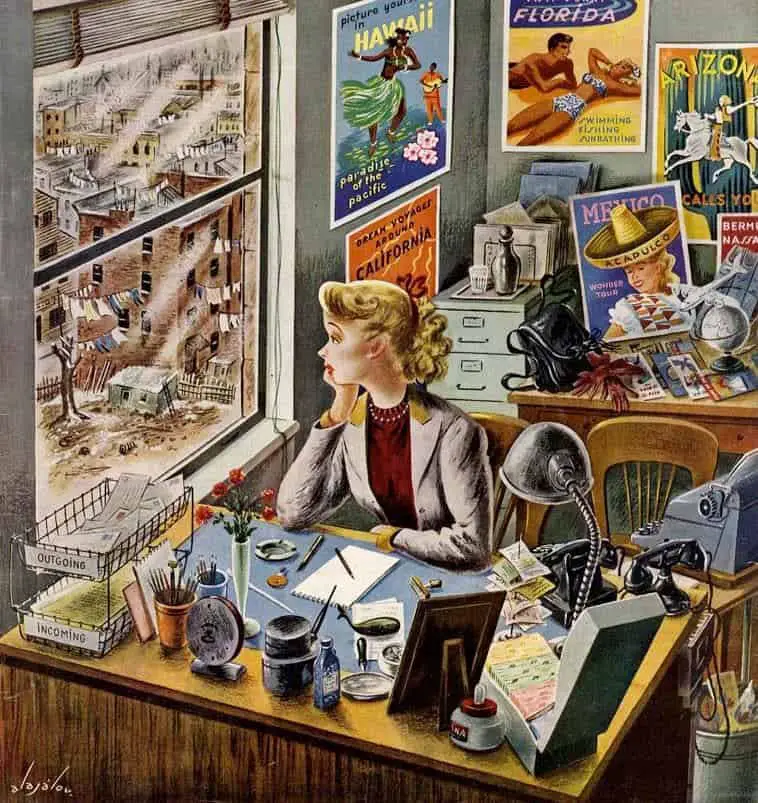
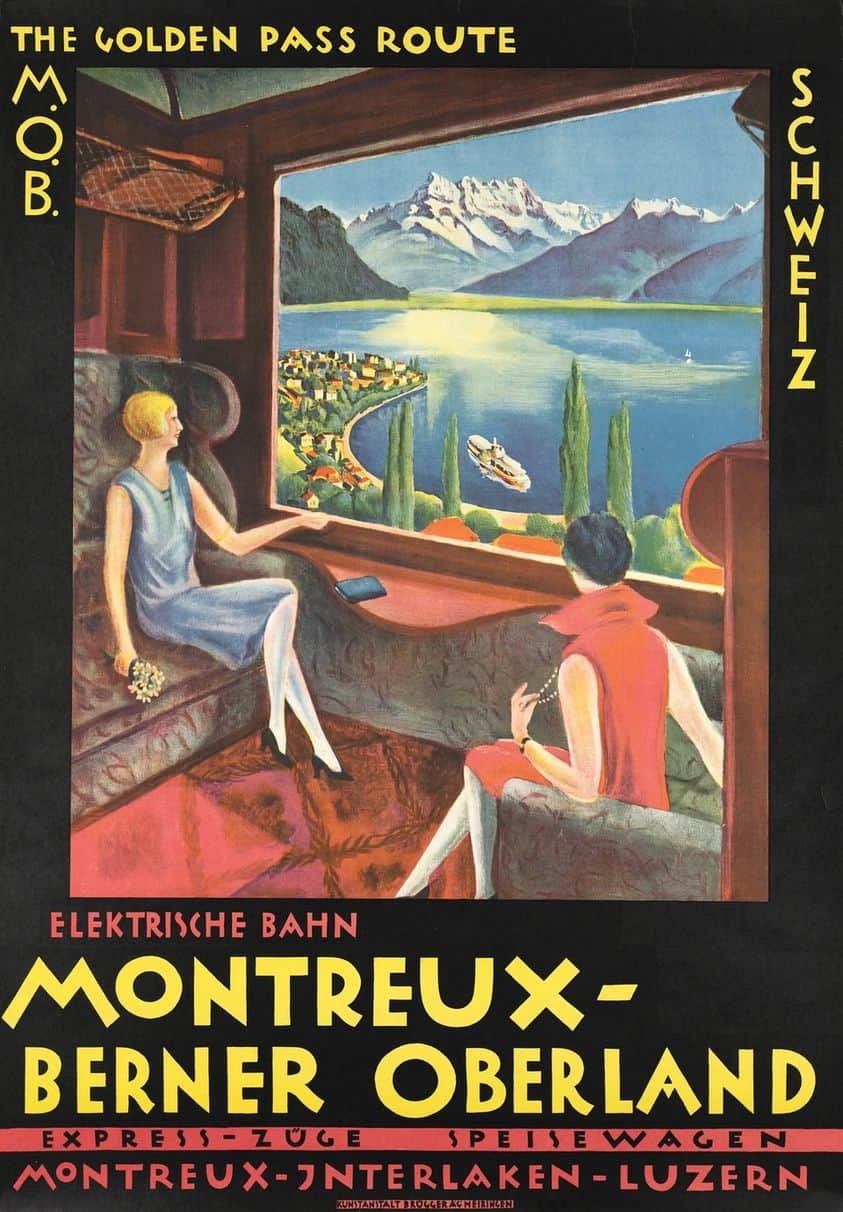
See also: The Symbolism of Trains
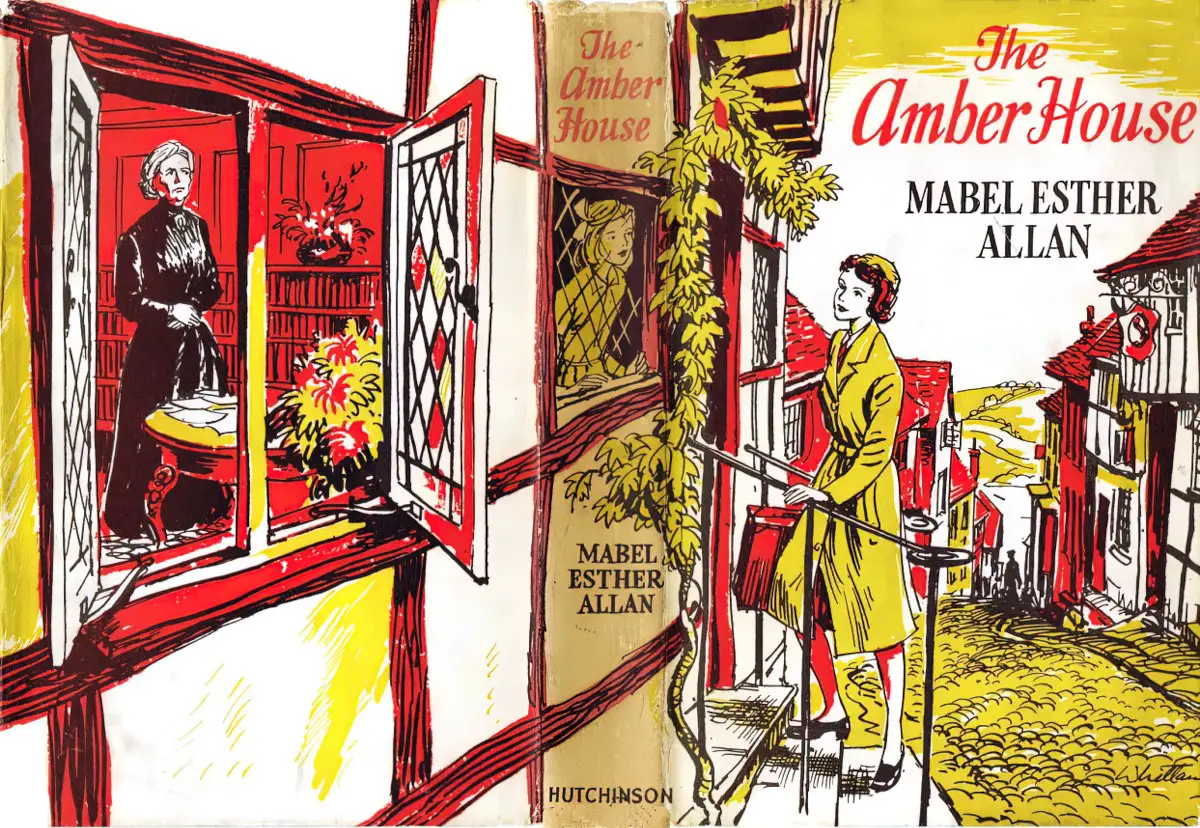
In the illustration below, Thornton Utz makes use of a warm palette for the interior and a cool palette for the snowy scene right outside. It looks like this couple has prepared for a magnificent dinner party but their guests have been foiled by the weather.
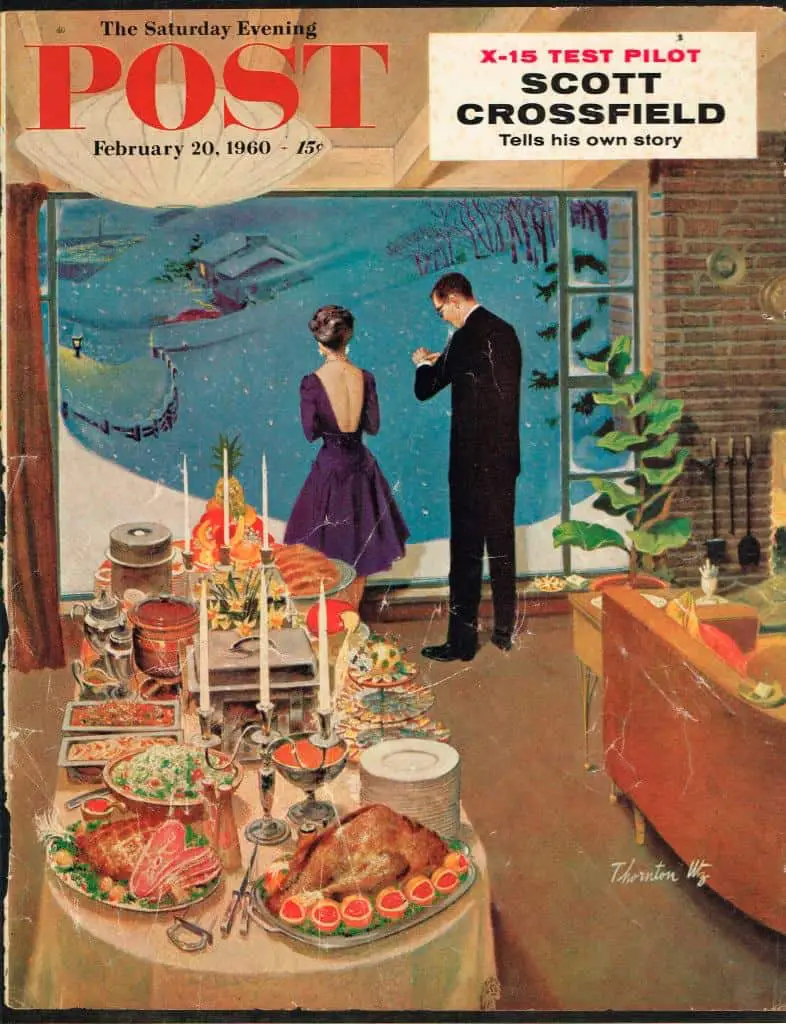
The illustration below, by Japanese illustrator Tadahiro Uesugi, offers another excellent perspective for showing both inside and outside view through a window. Uesugi is known for playing with unusual angles and perspectives.
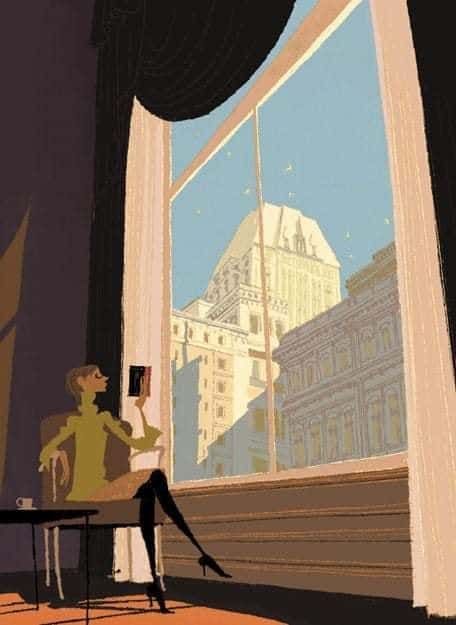
OVER AND ABOVE THE BRIDGE
Here is another Tadahiro Uesugi illustration. Bridges, overpasses and raised railway tracks are another way of showing the viewer two different ‘worlds’.
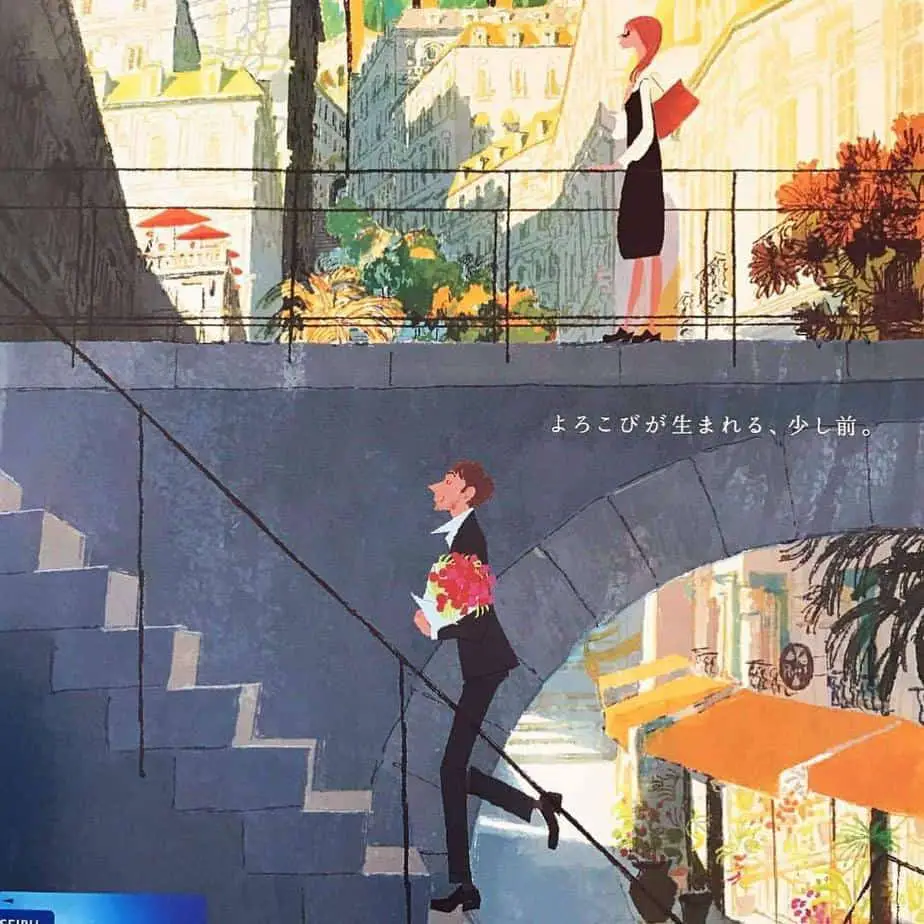
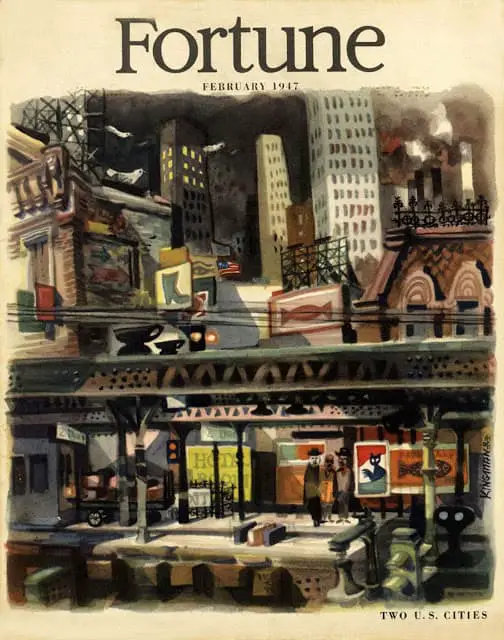
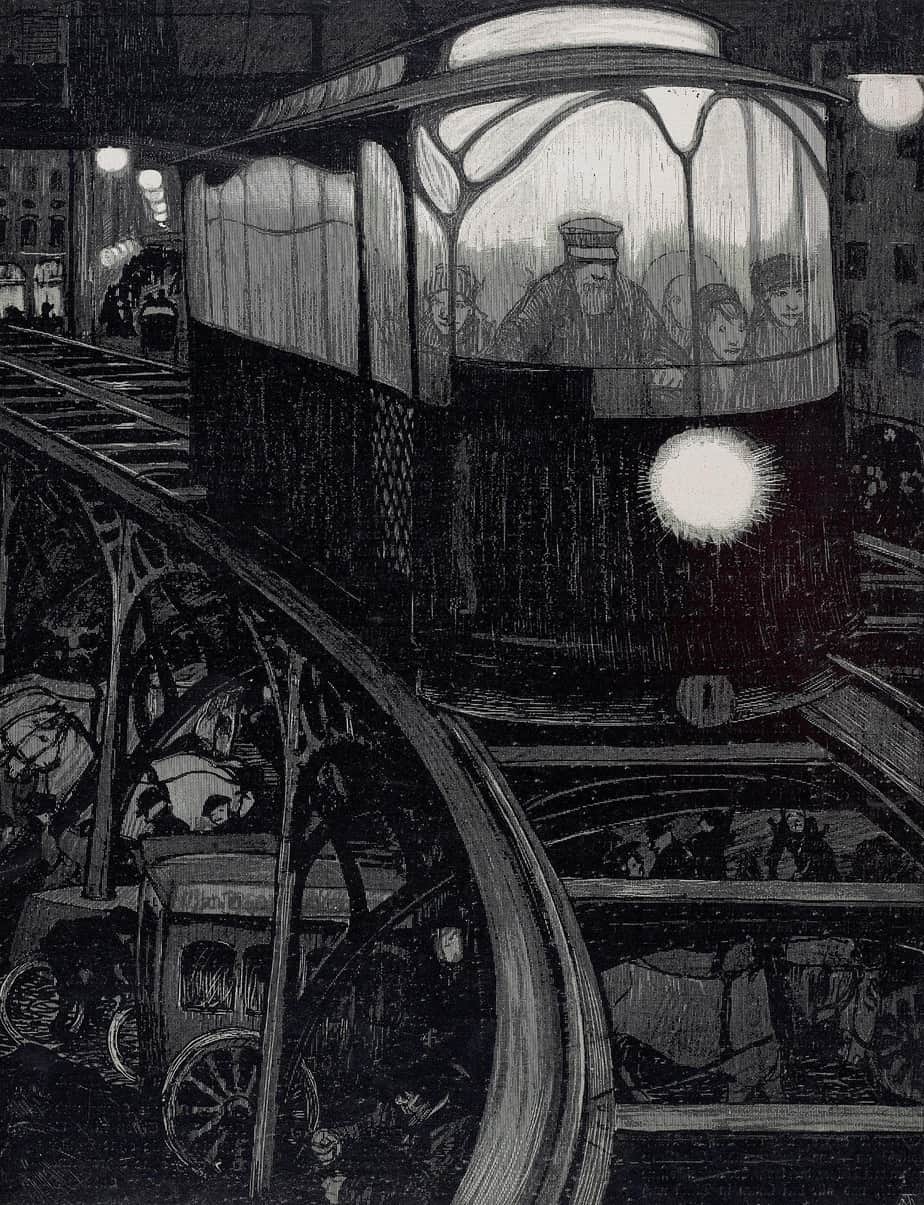
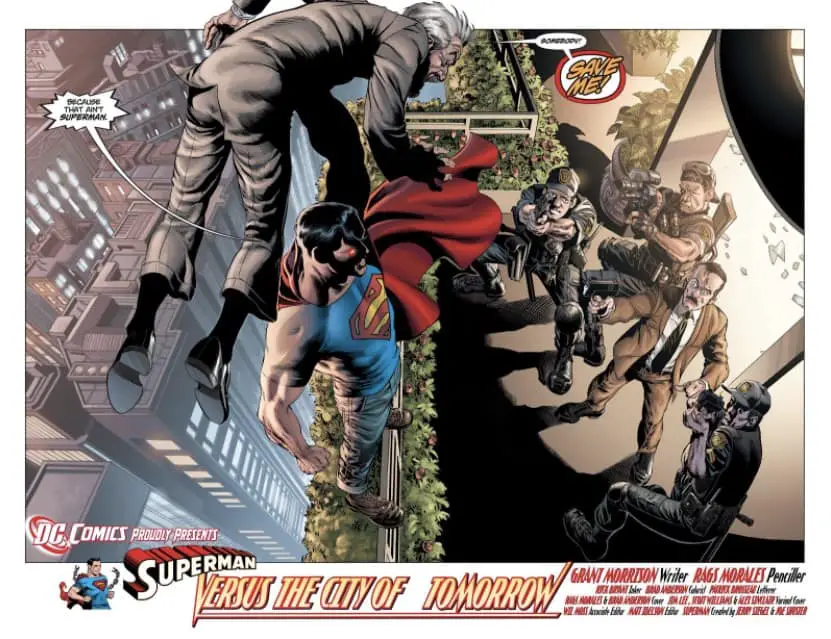
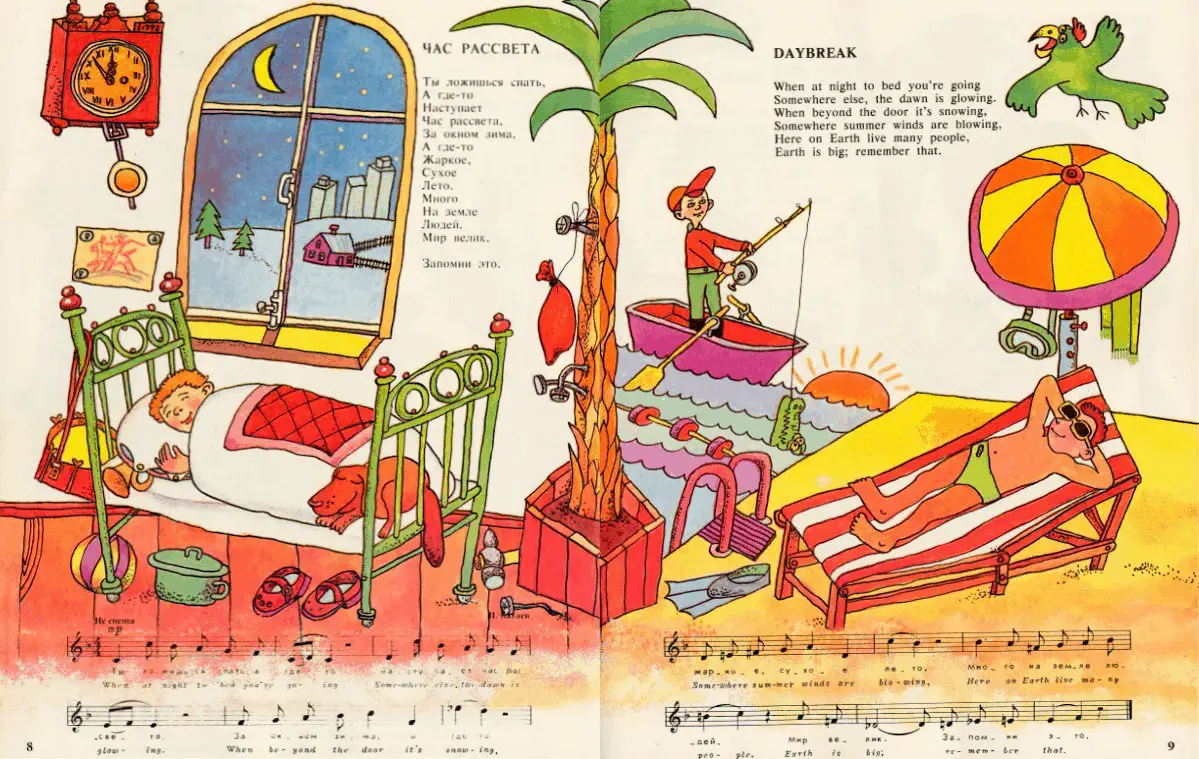
MAP PLUS SCENE
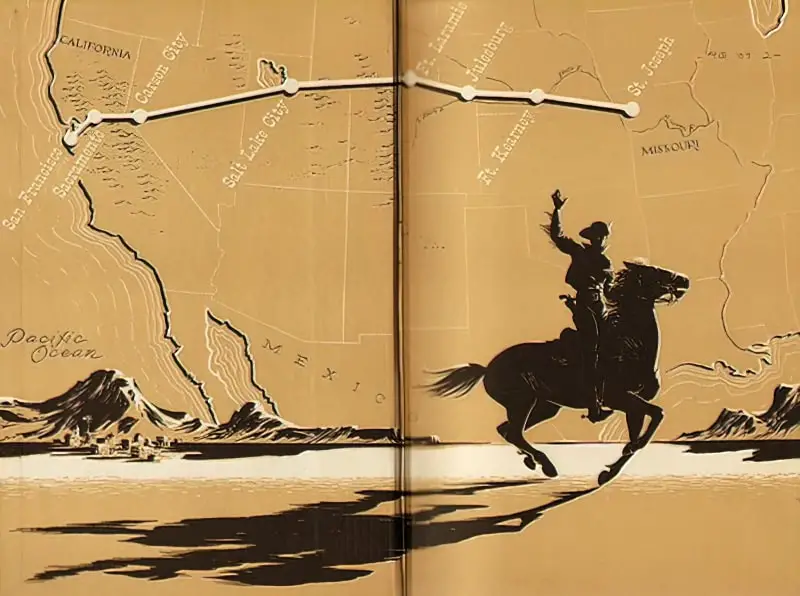
PANOPTIC ART
Panoptic narrative art depicts multiple scenes and actions without the repetition of characters. Think of the word ‘panorama’. ‘All-seeing’ (pan + optic).
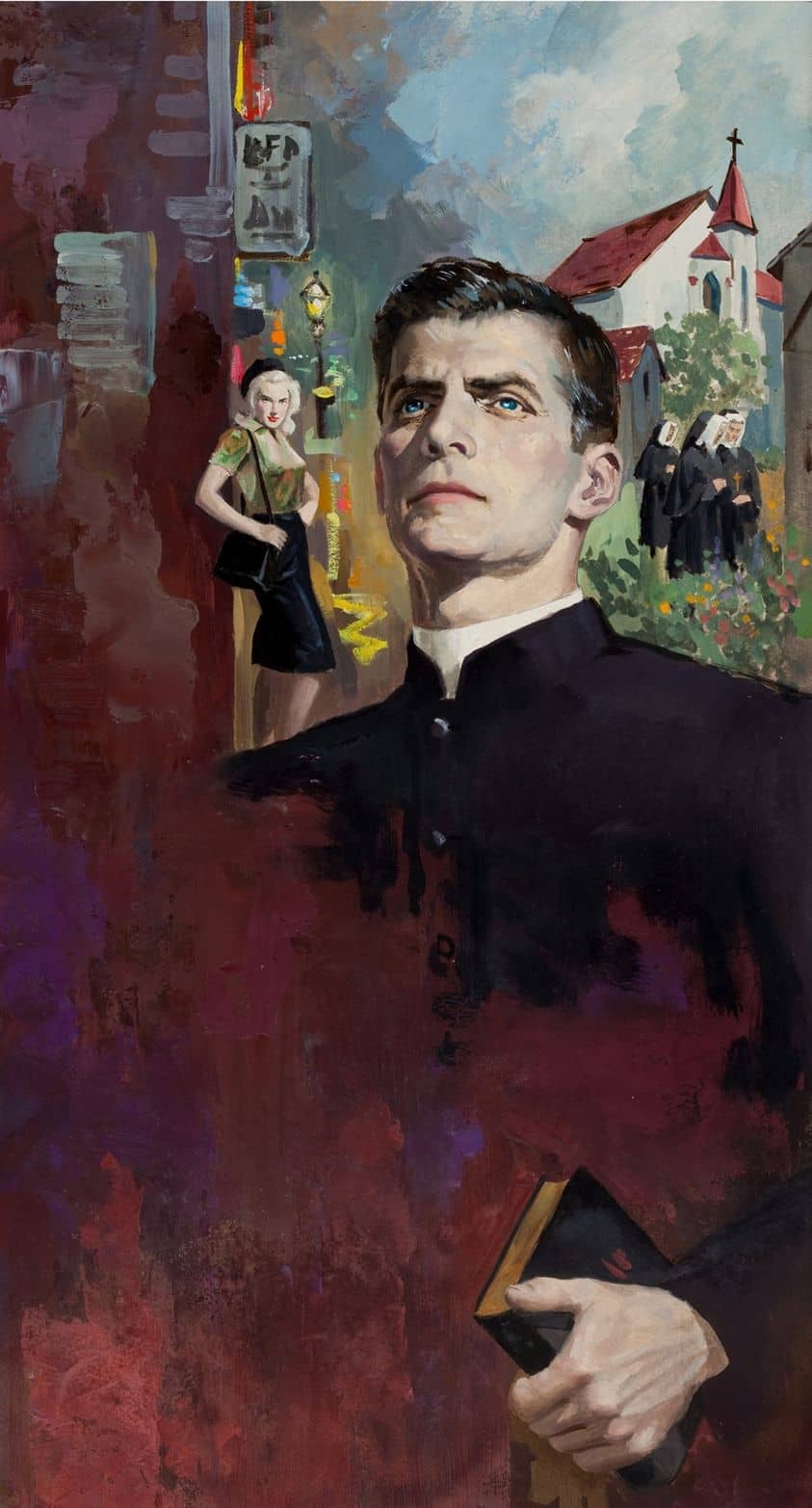
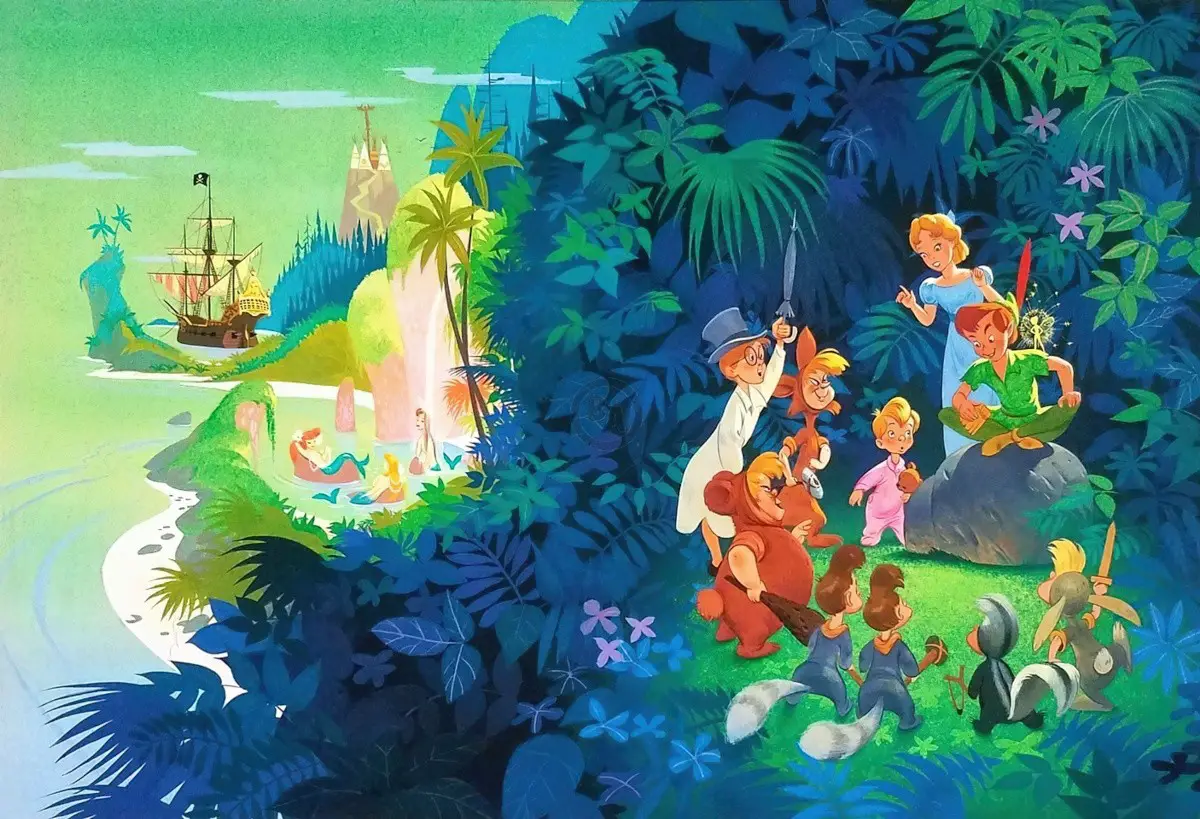
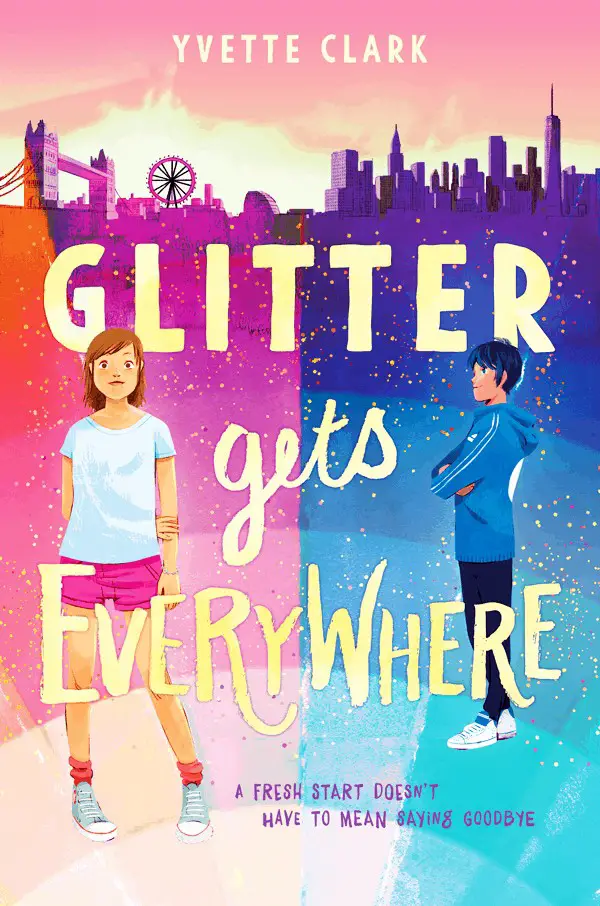
Kitty’s mother died on an inappropriately sunny Tuesday. So much has changed in Kitty’s life over the last few months, and she needs the world to stop spinning around her. She needs things to return to normal — or as normal as they’ll ever be.
Normal definitely does not include her family moving from their home in a cozy corner of London all the way to New York City. Moving means leaving behind her friends and neighbors, her grandmother, and all the places and people that help Kitty keep her mother’s memory alive.
New York City is bright and bustling and completely different from everything Kitty has known. As she adjusts to her new school, explores her new city, and befriends a blue-haired boy, Kitty wonders if her memories of her mother don’t need to stay in one place — if there’s a way for them to be with Kitty every day, everywhere.
With her wry, poignant wit, Kitty tells a universal story about the grief of losing a beloved family member, the fears of starting over, and the challenges of how to remake a family in this powerful, heartfelt debut novel.
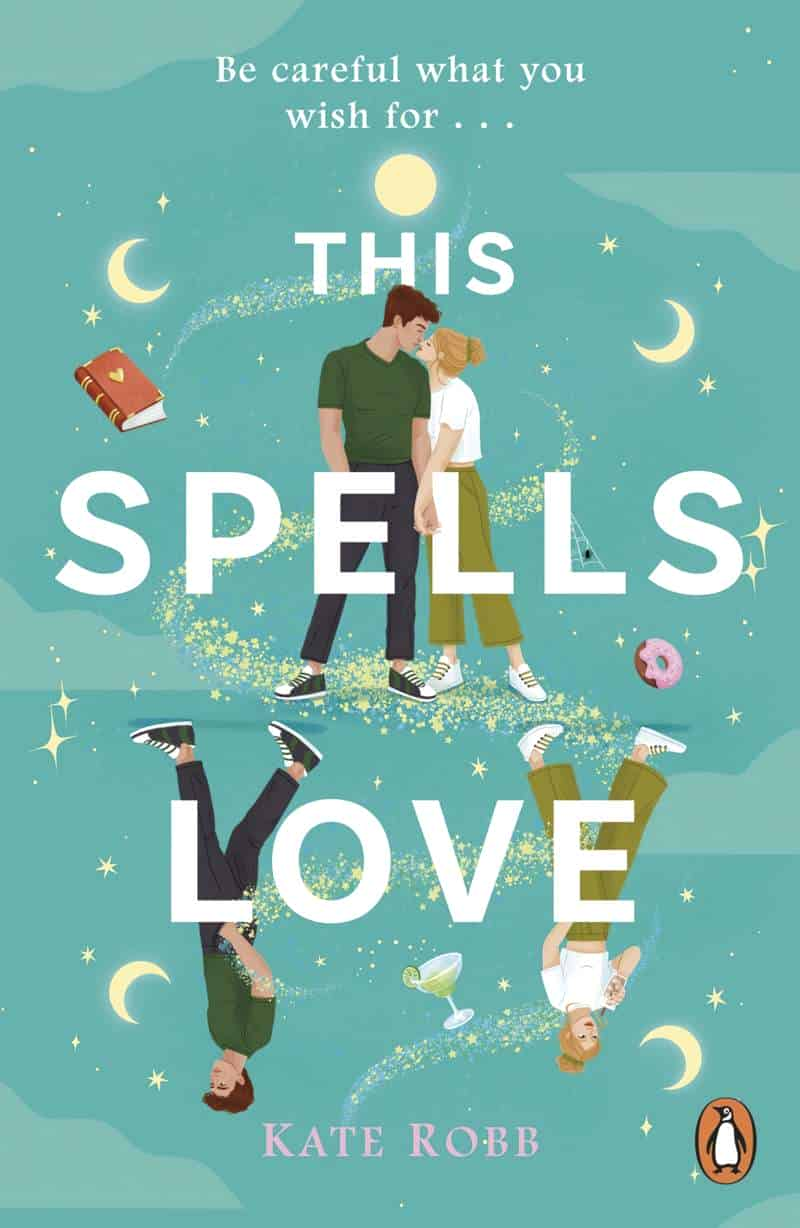
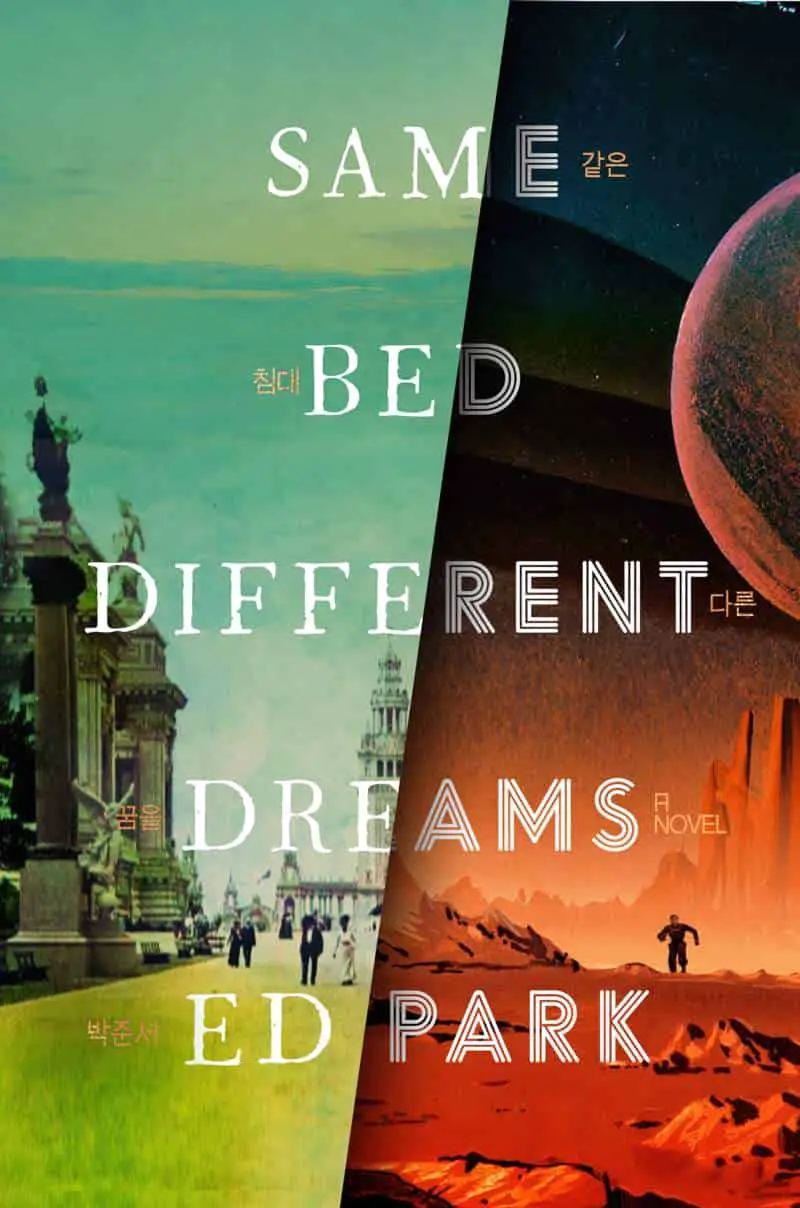
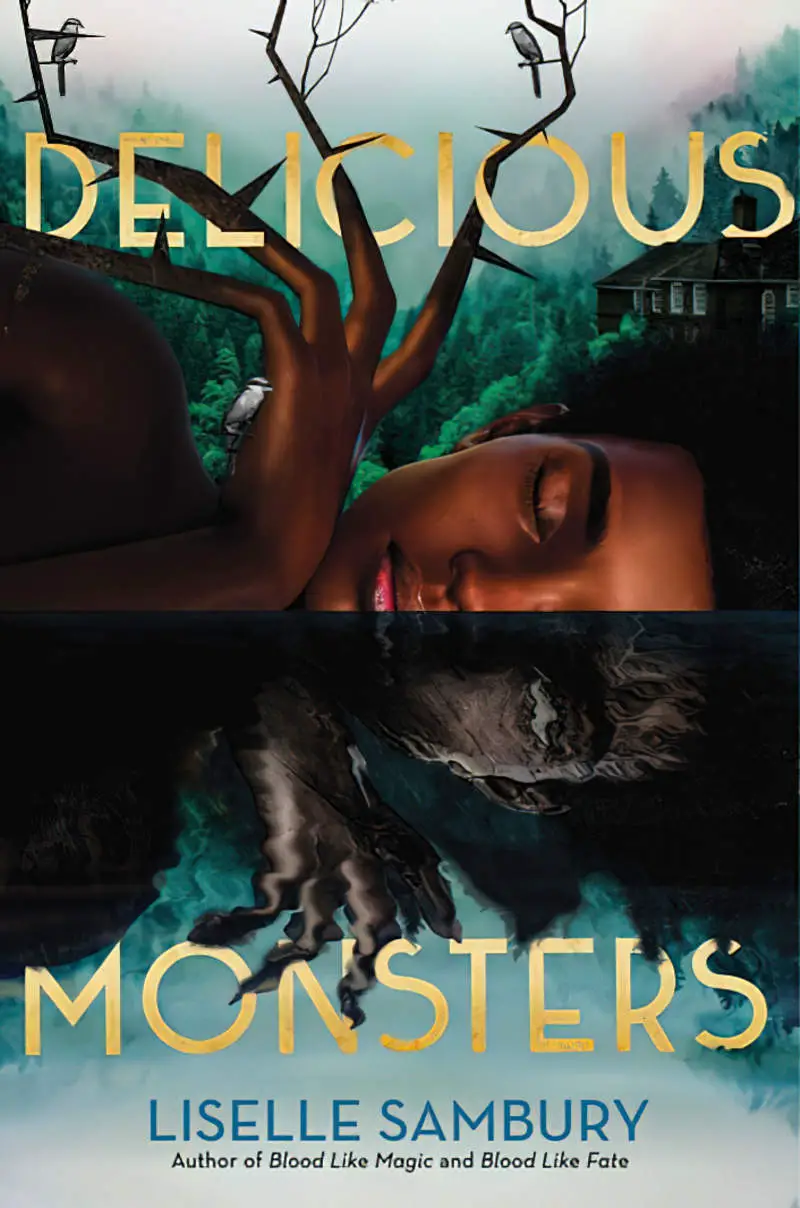
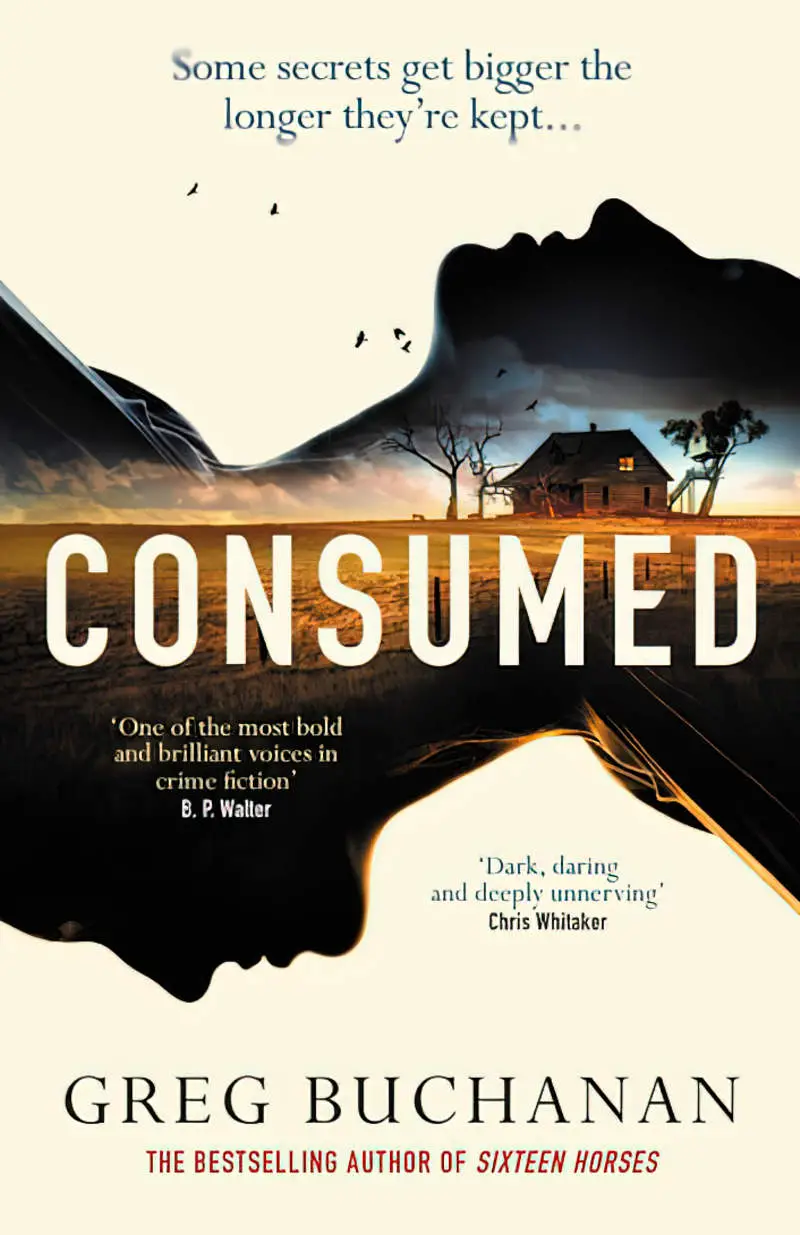
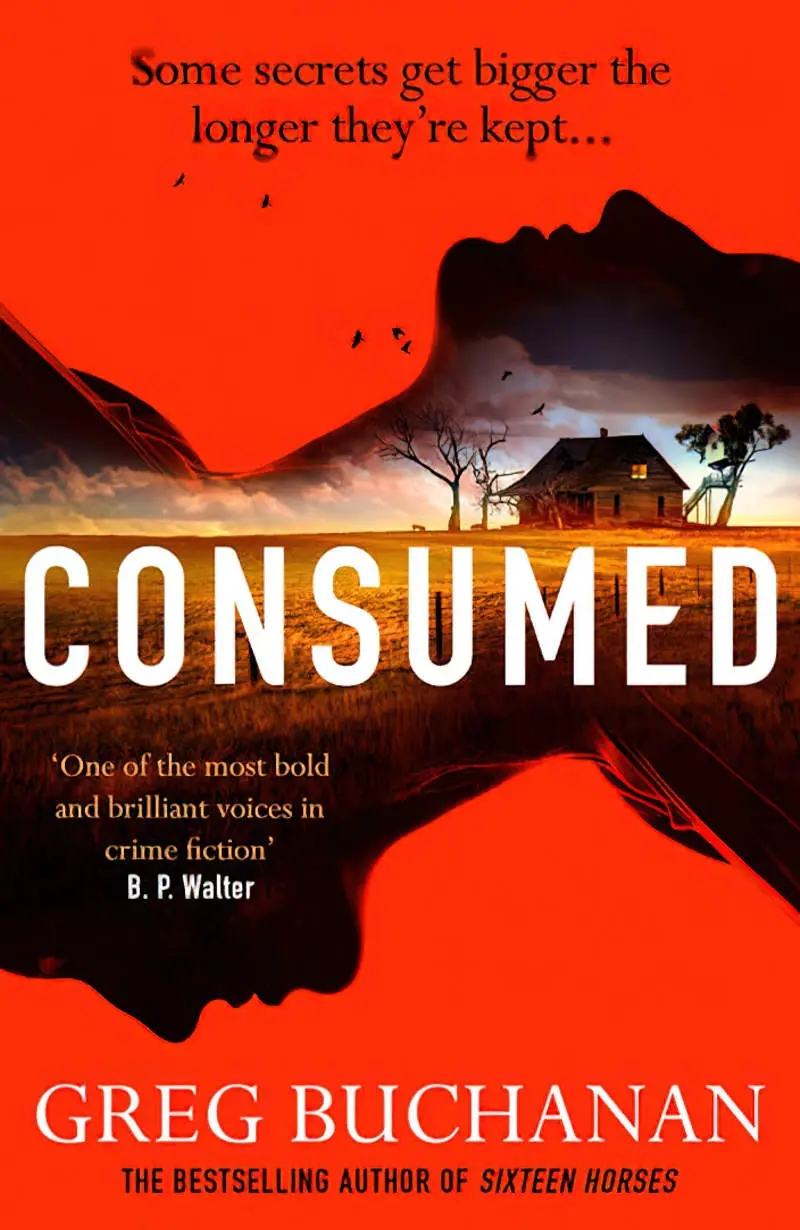

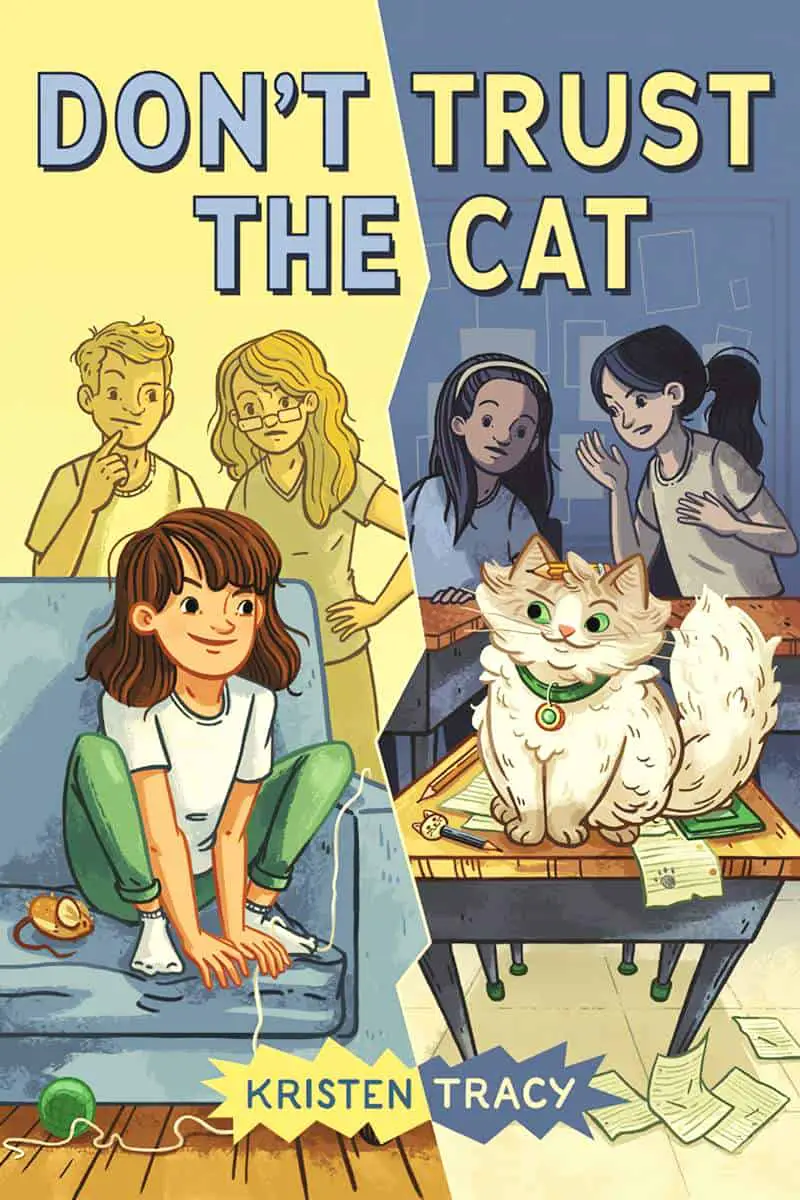
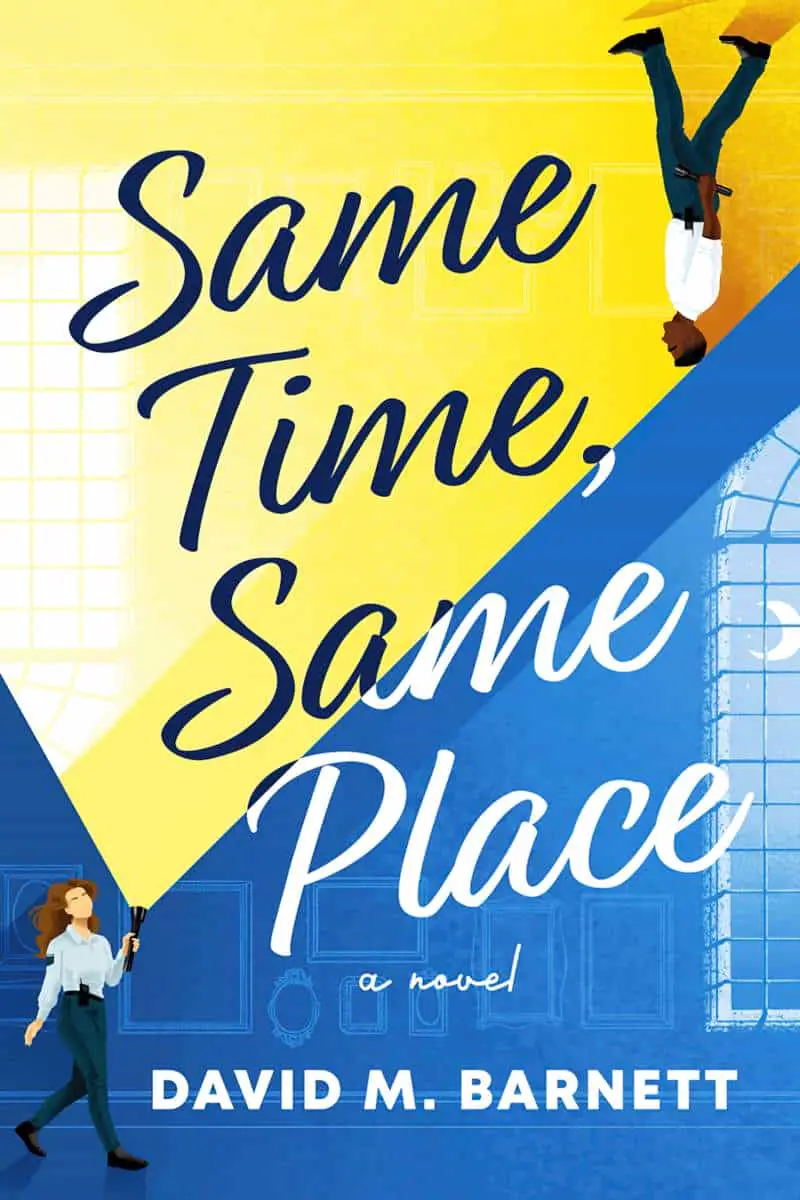
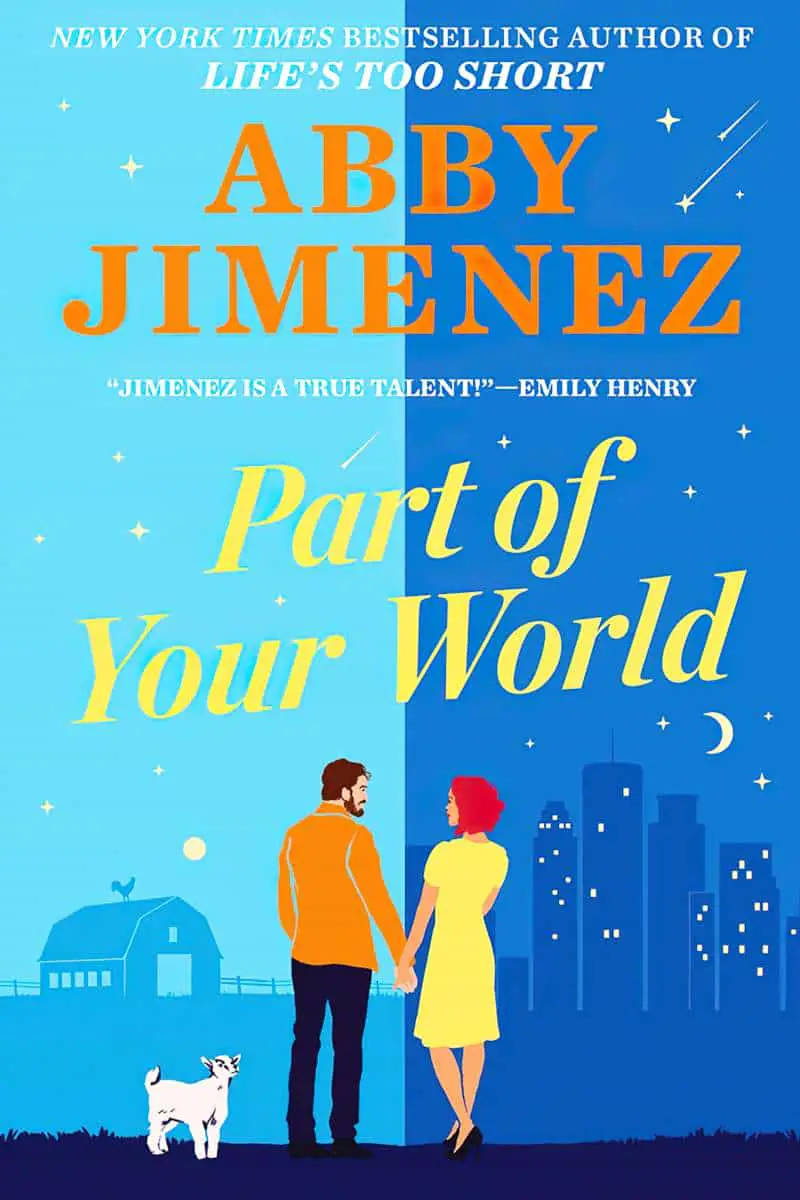
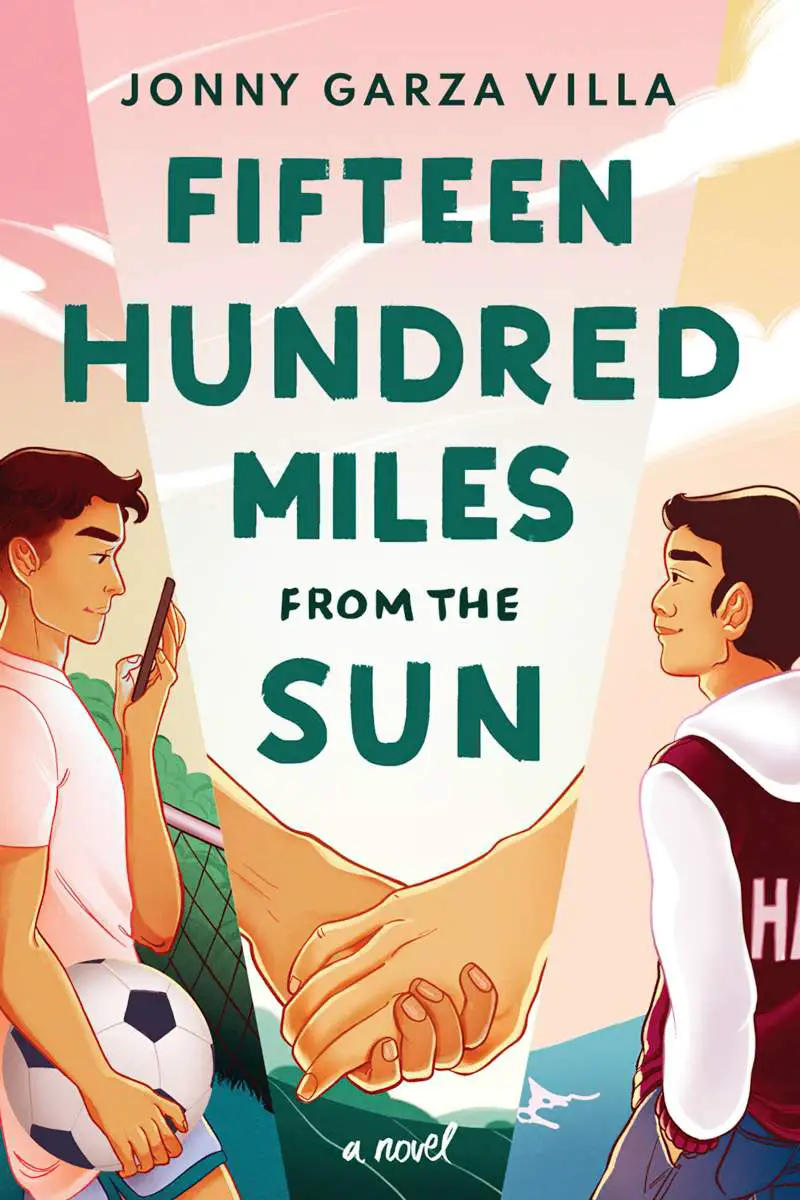
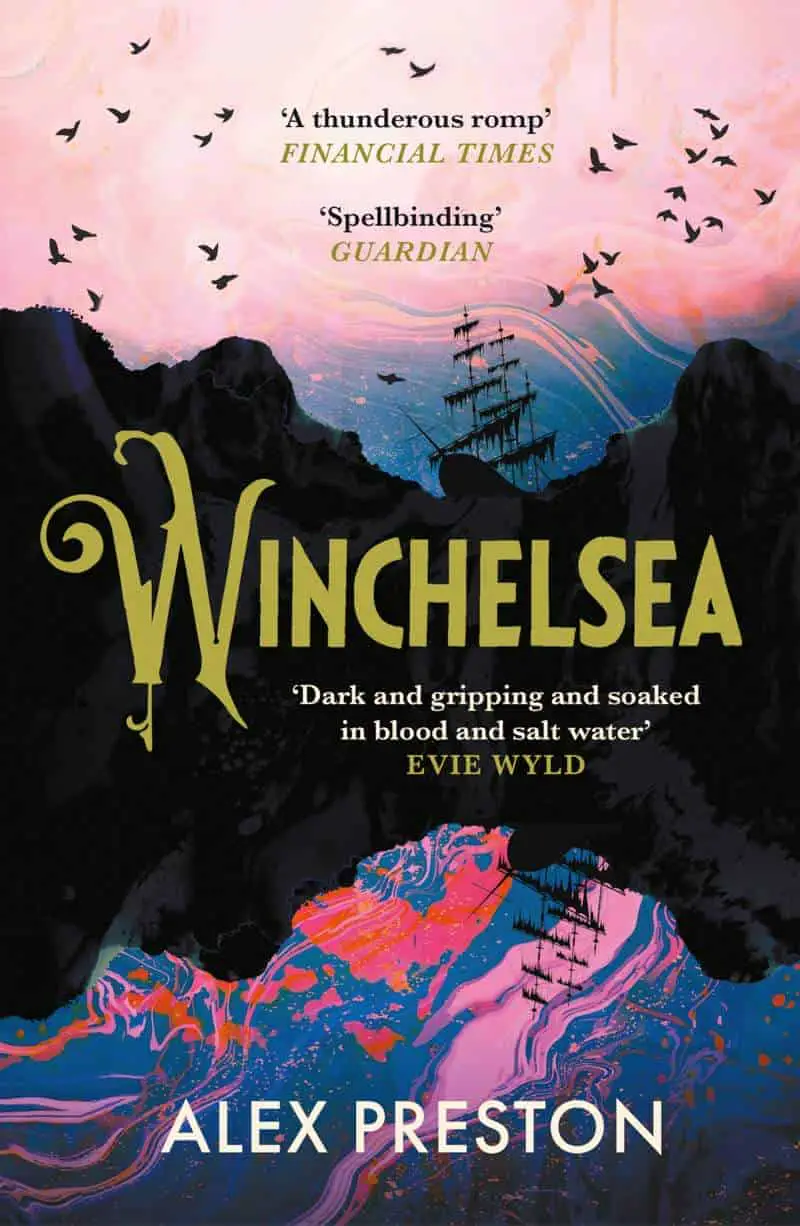

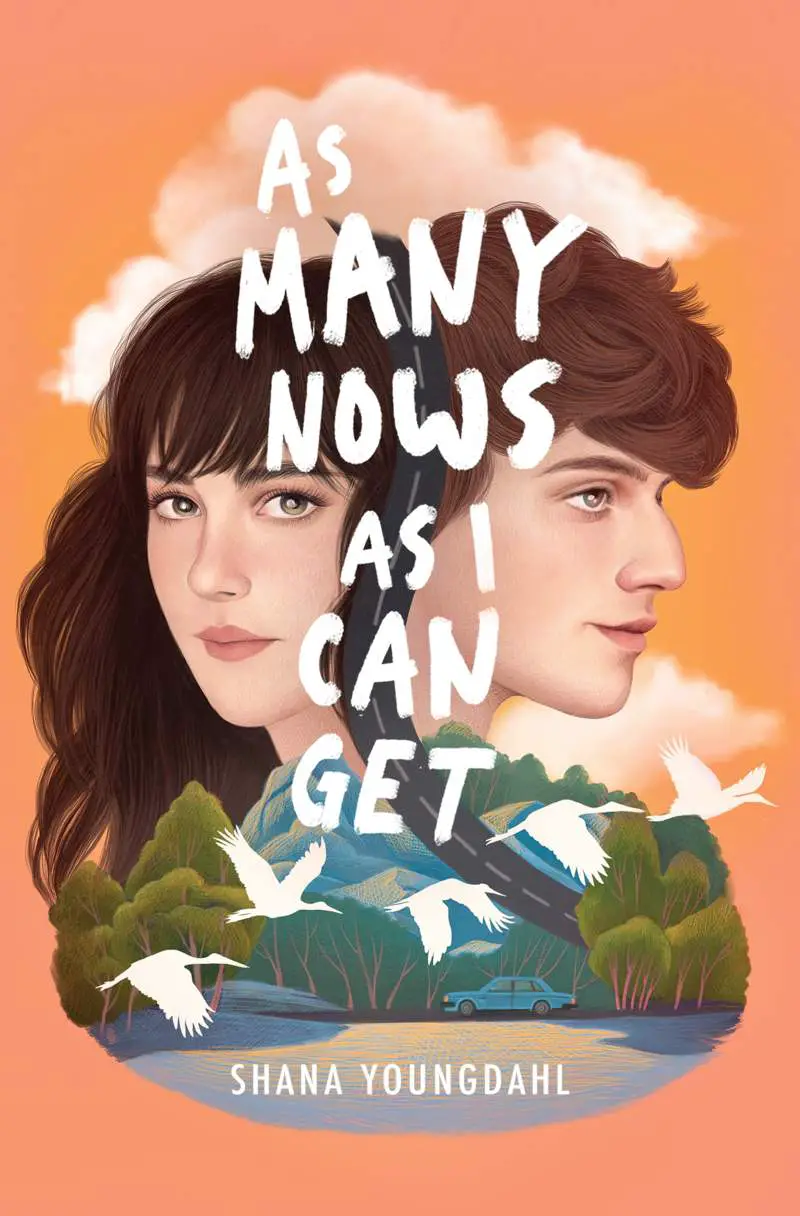

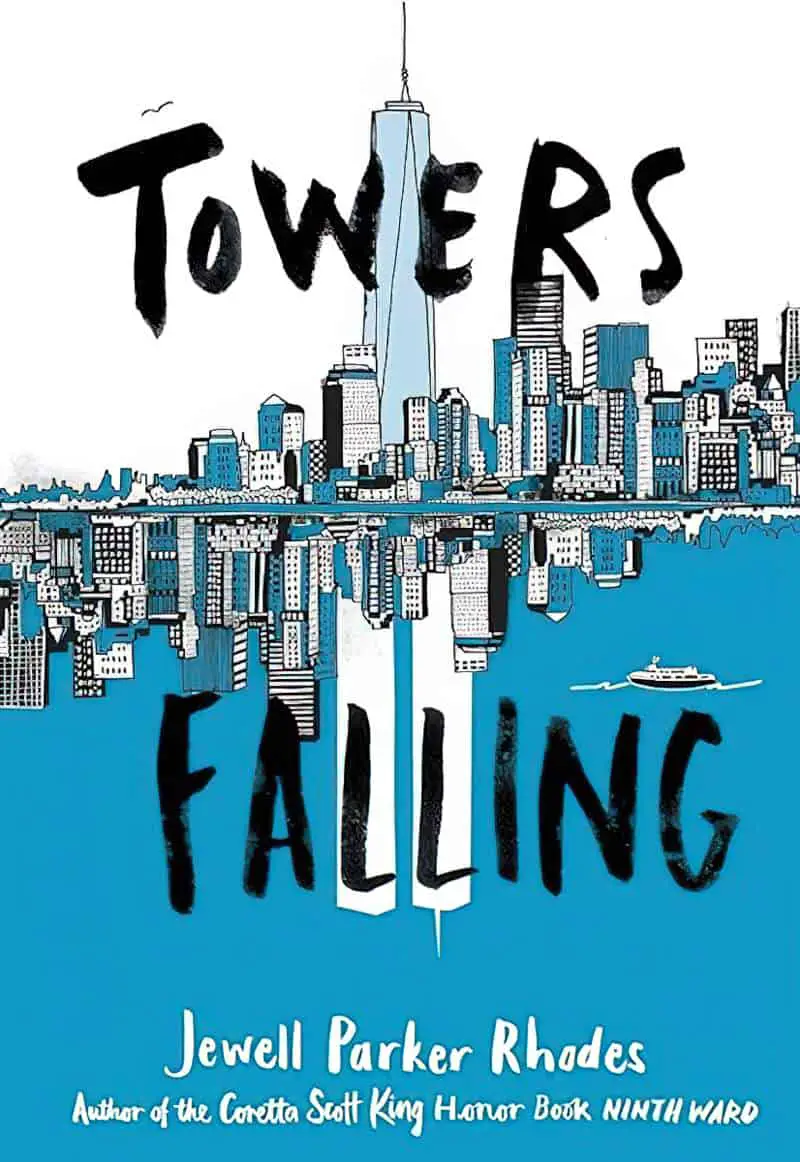
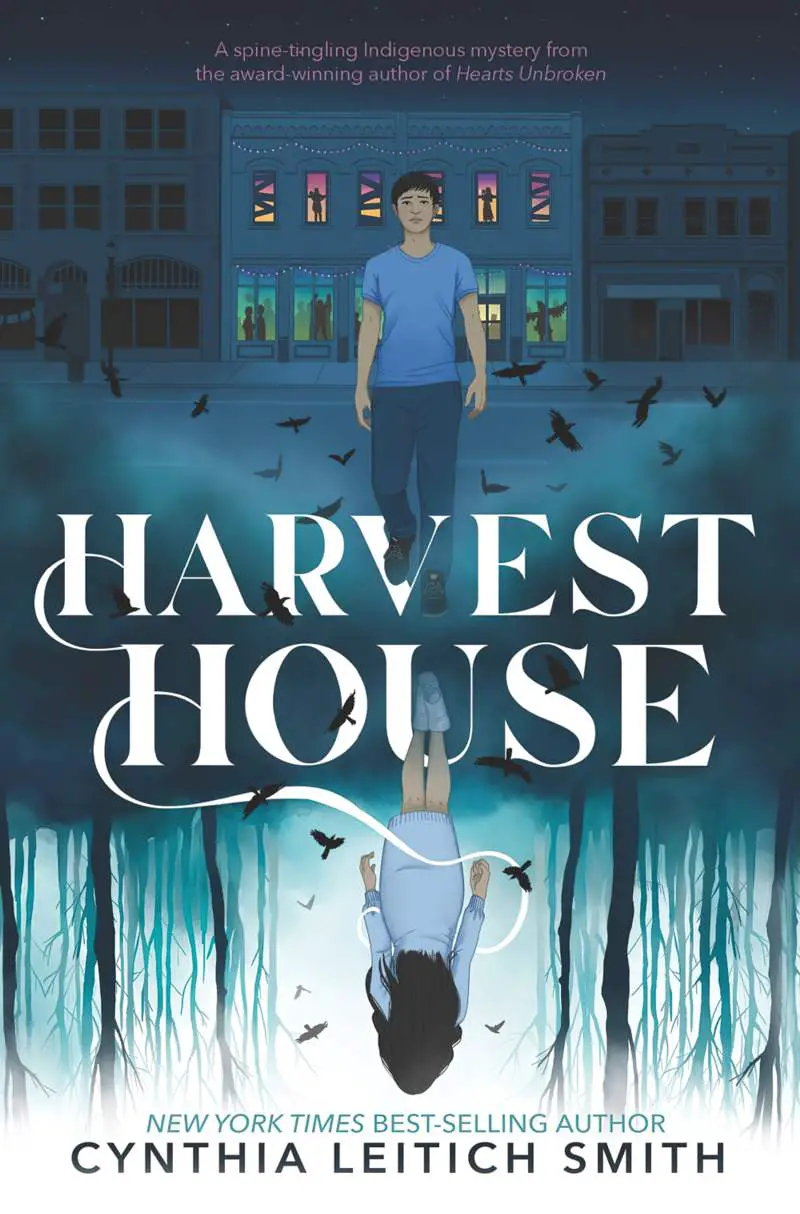
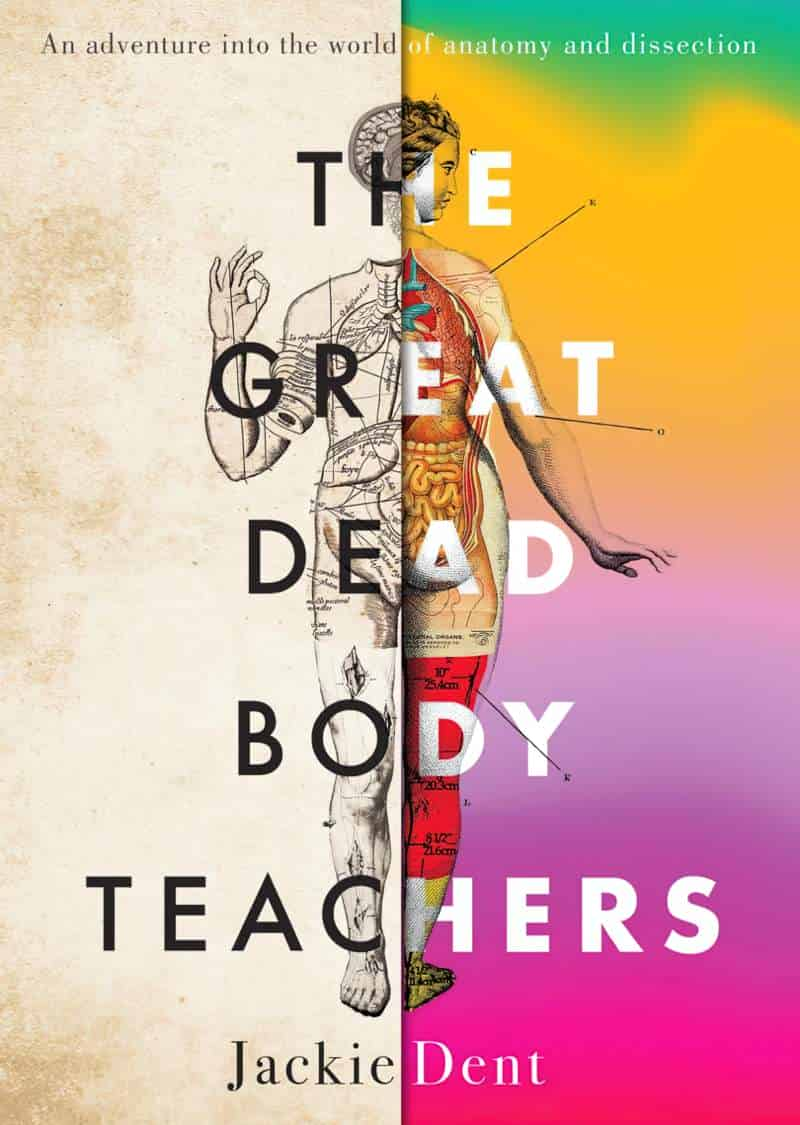
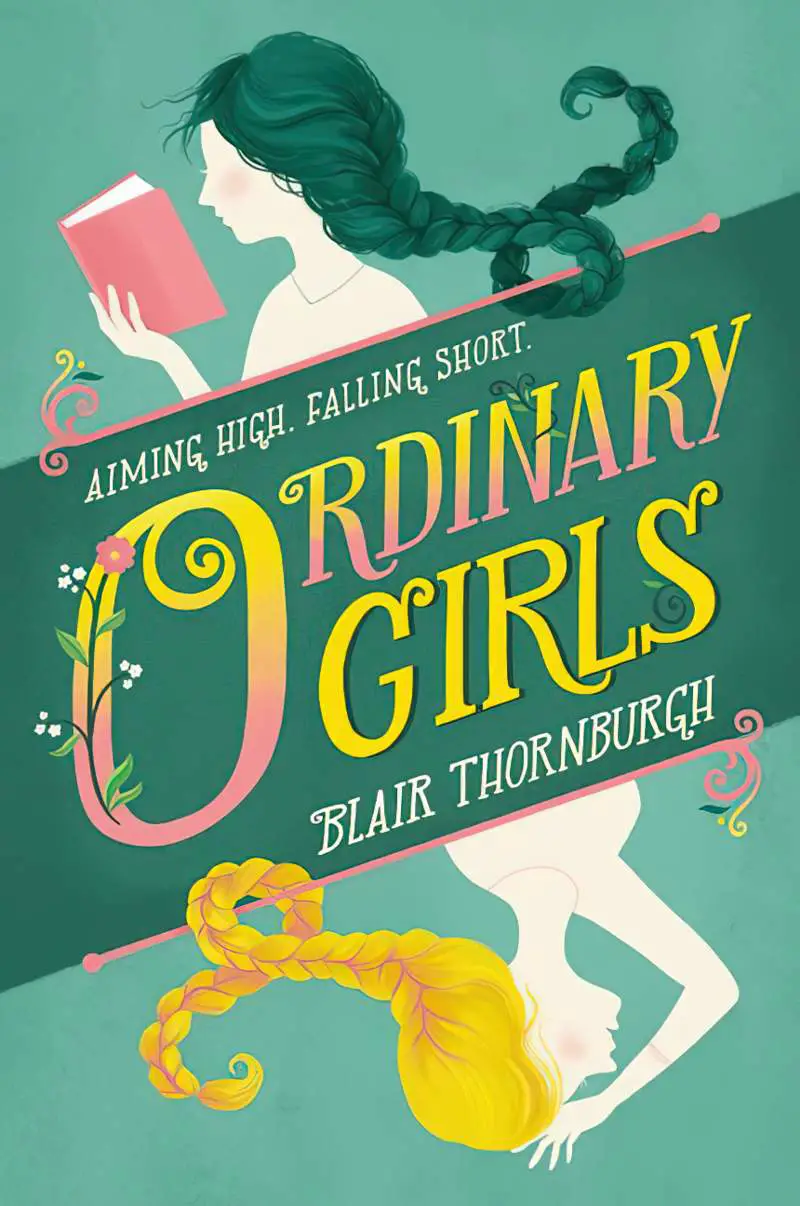
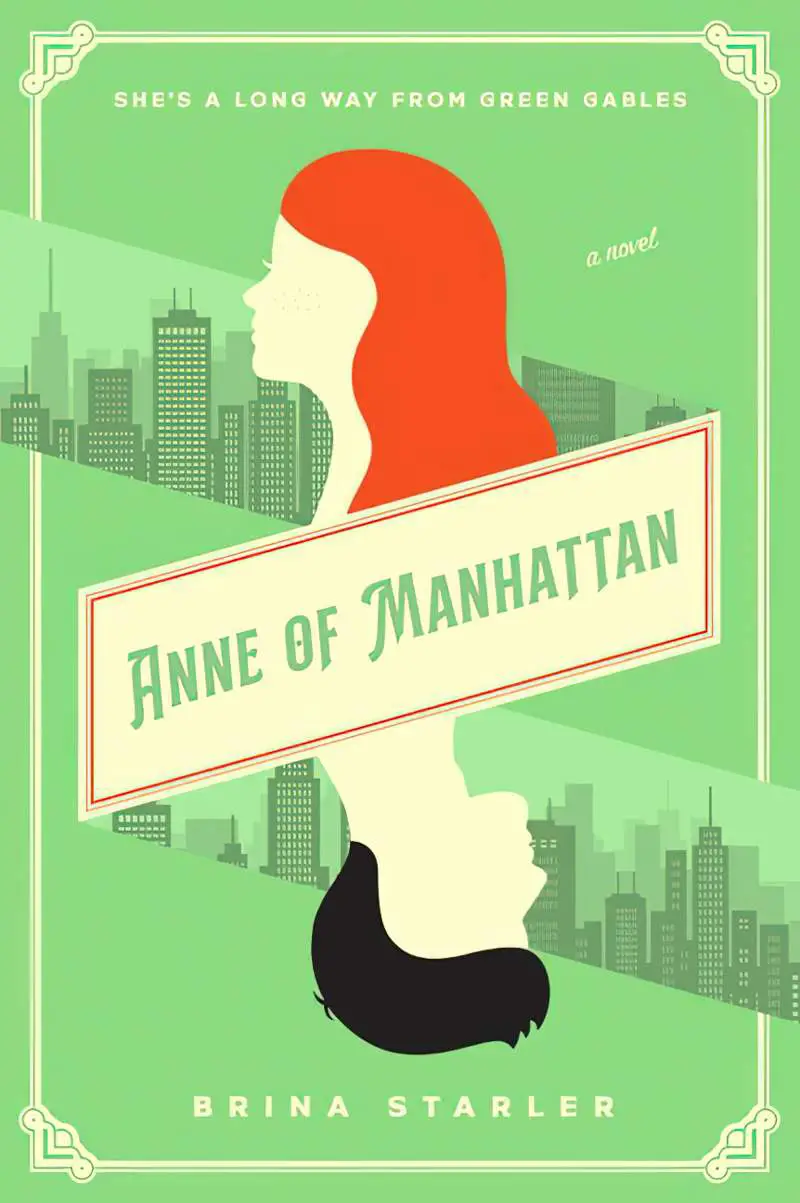
FURTHER READING
Header illustration: Diego Rivera, Frozen Assets 1931
